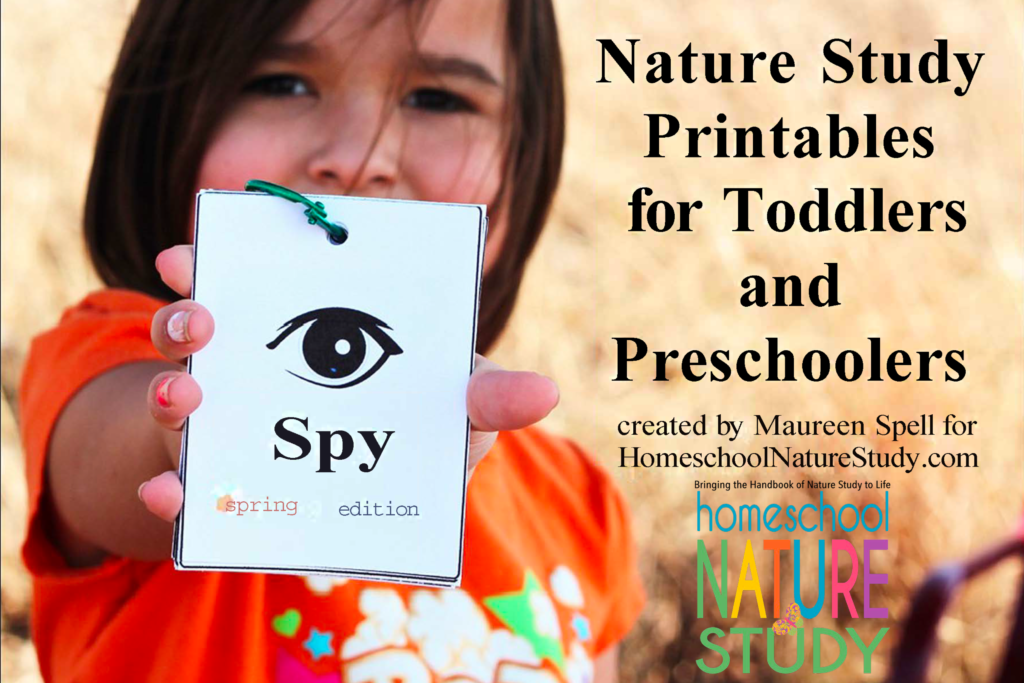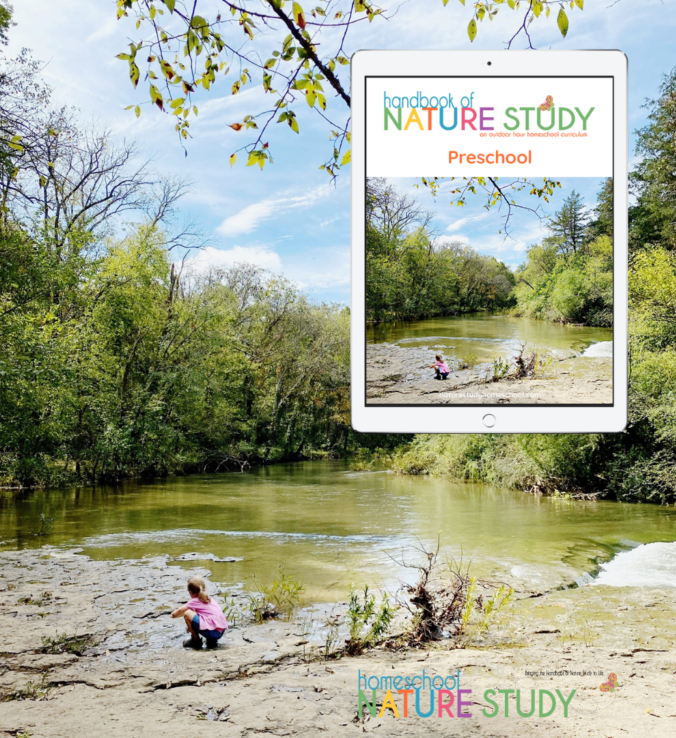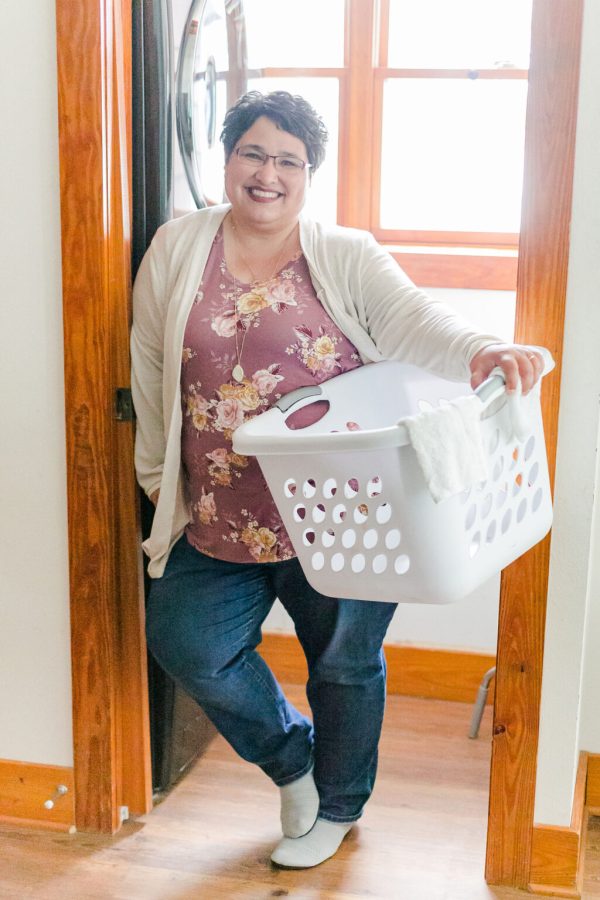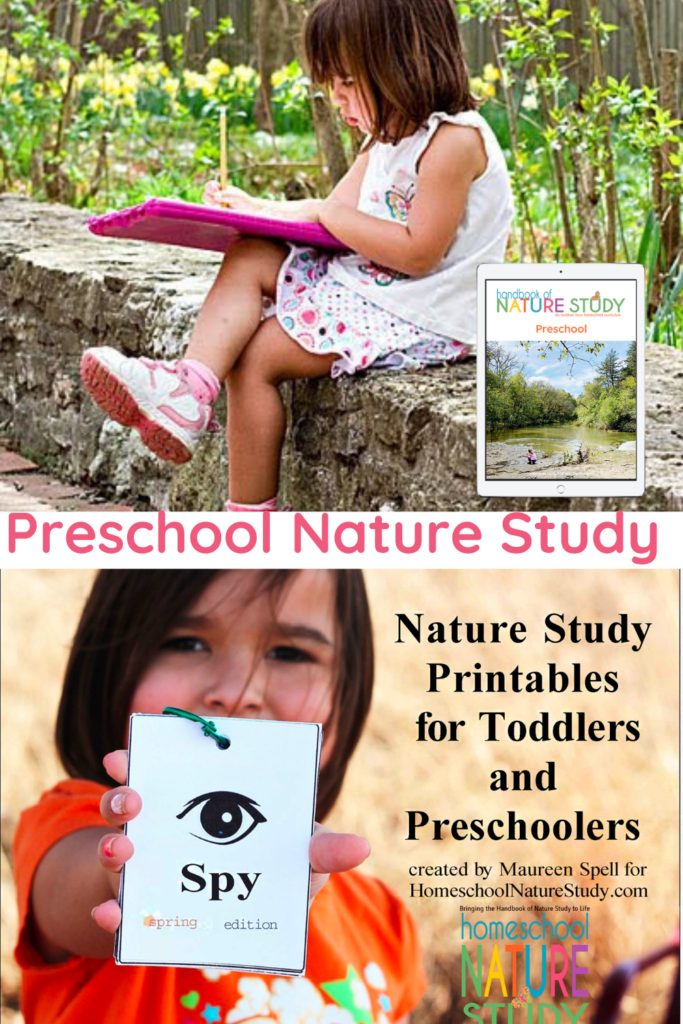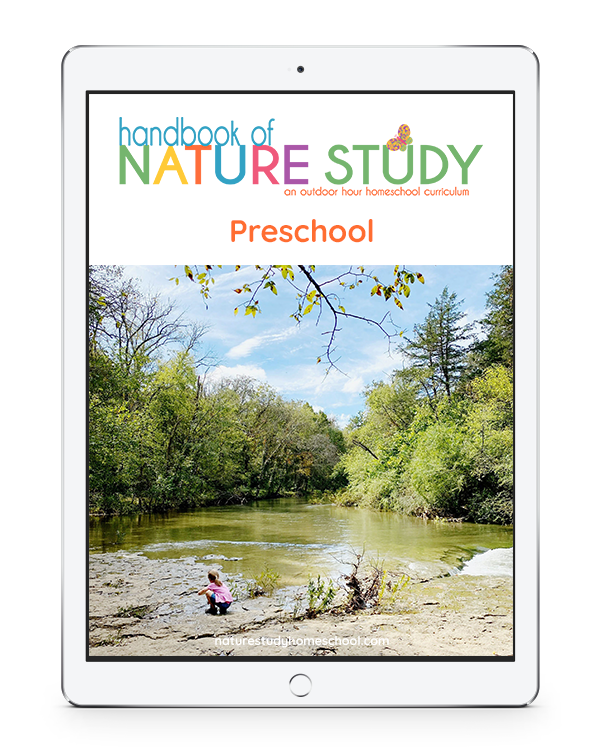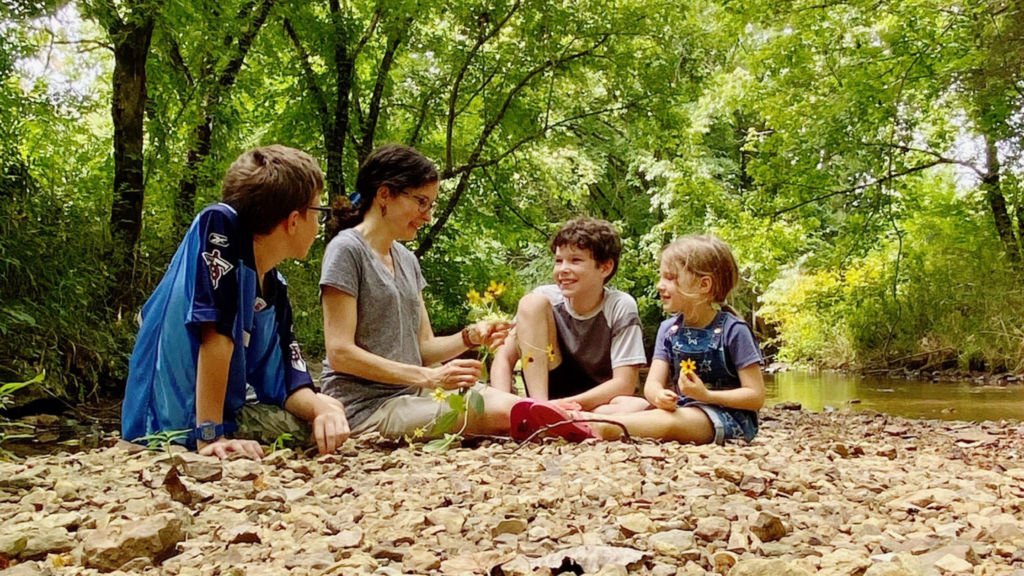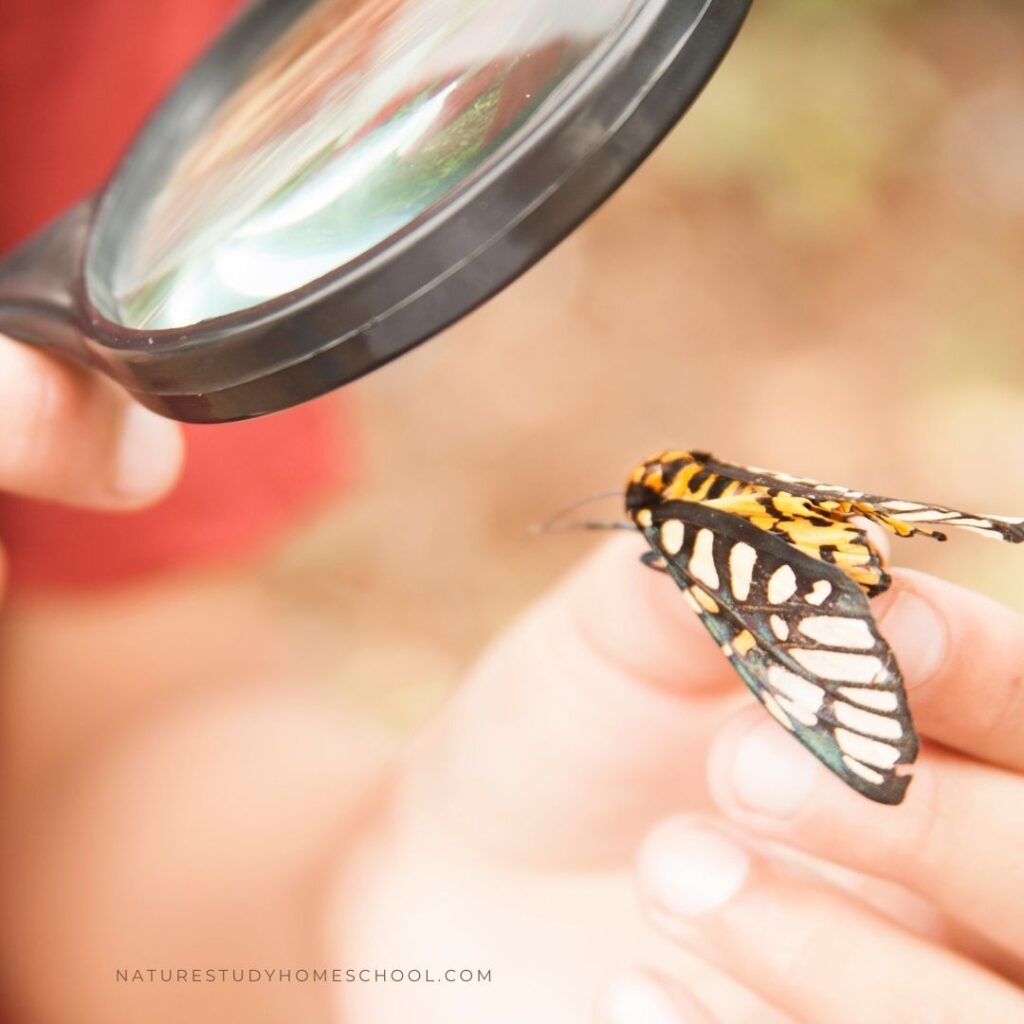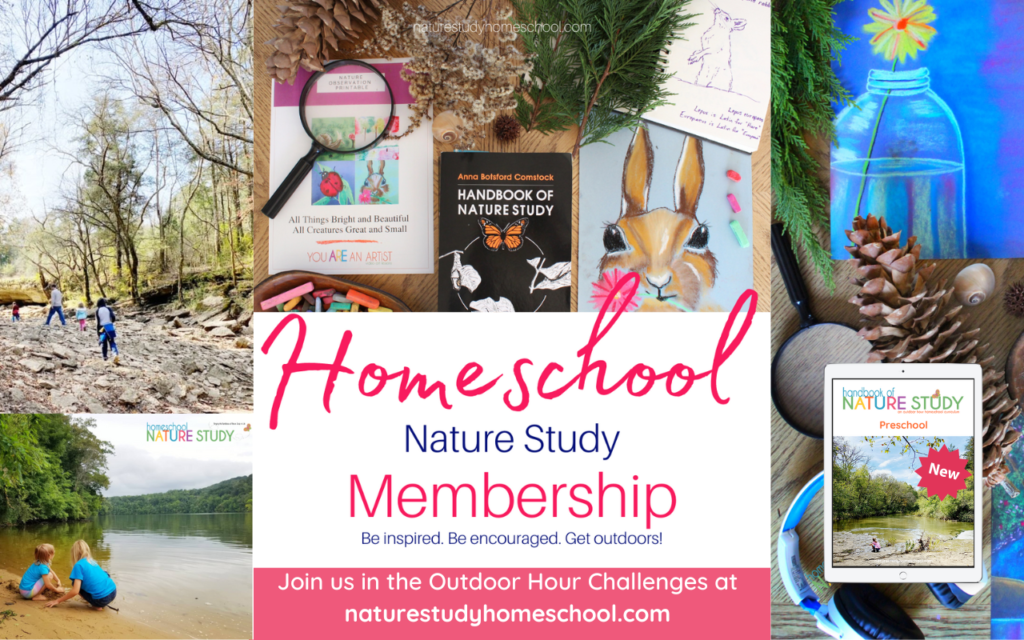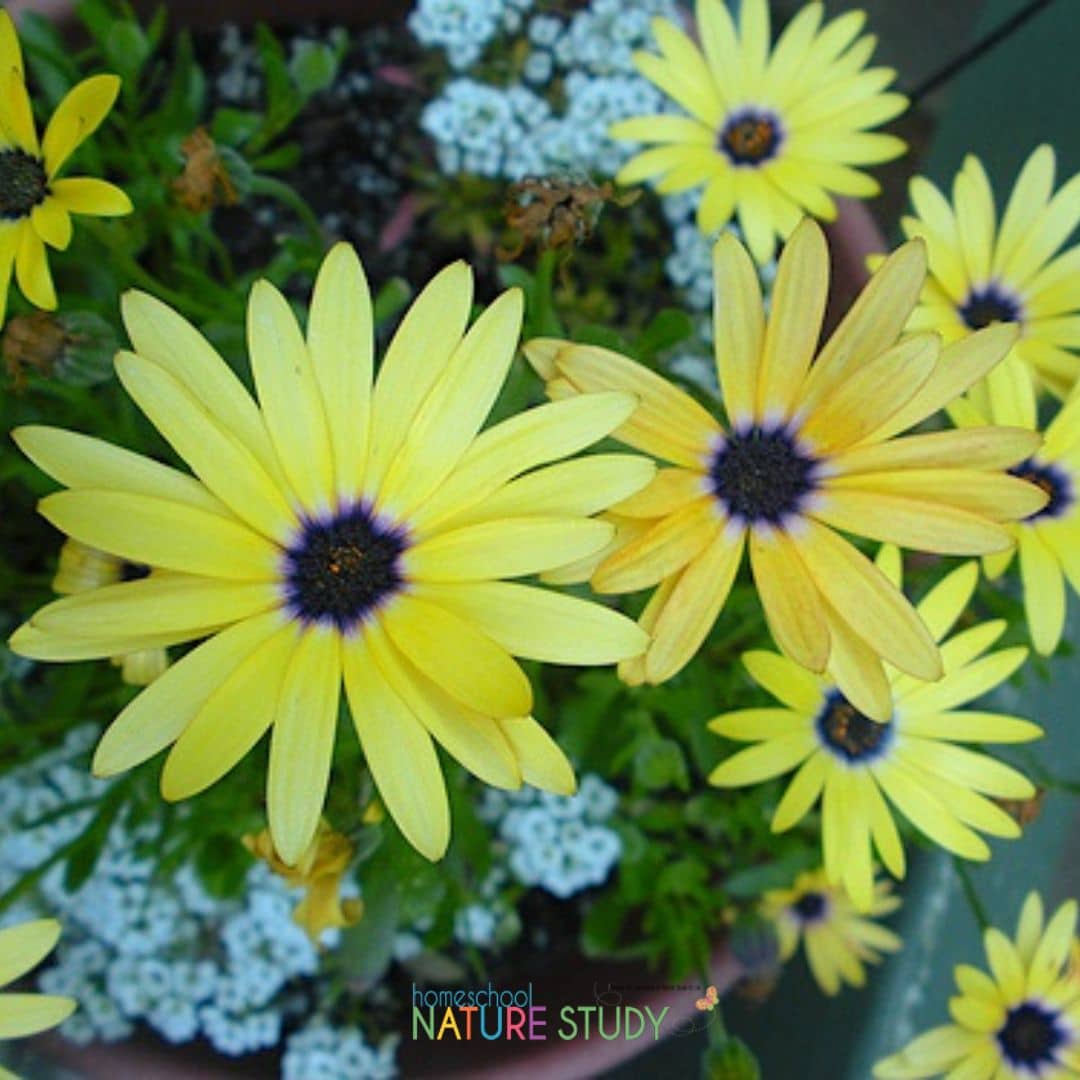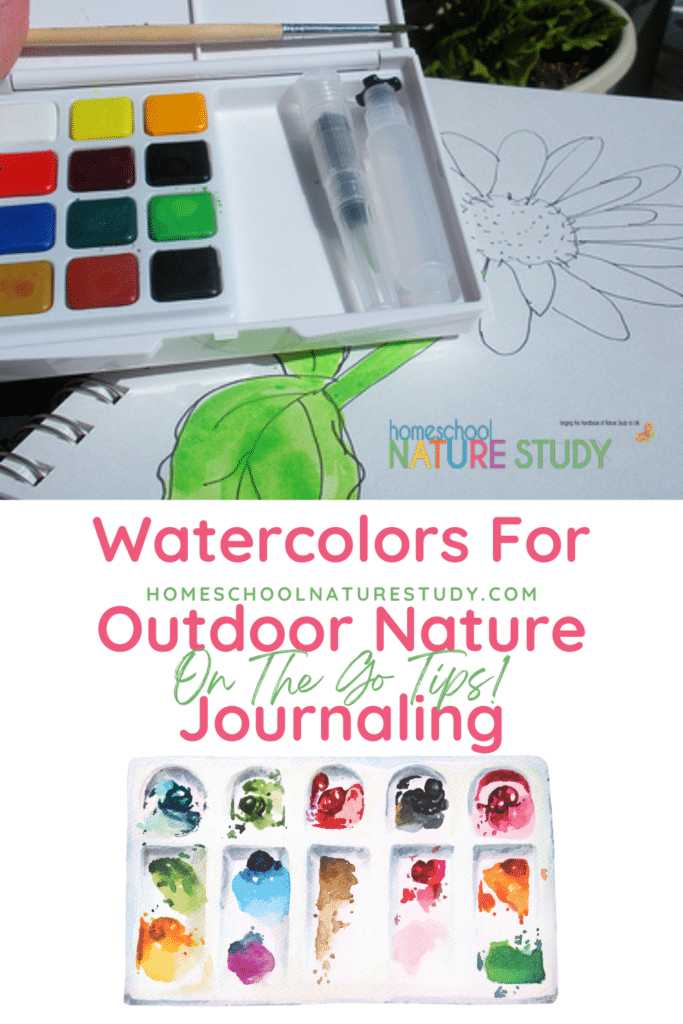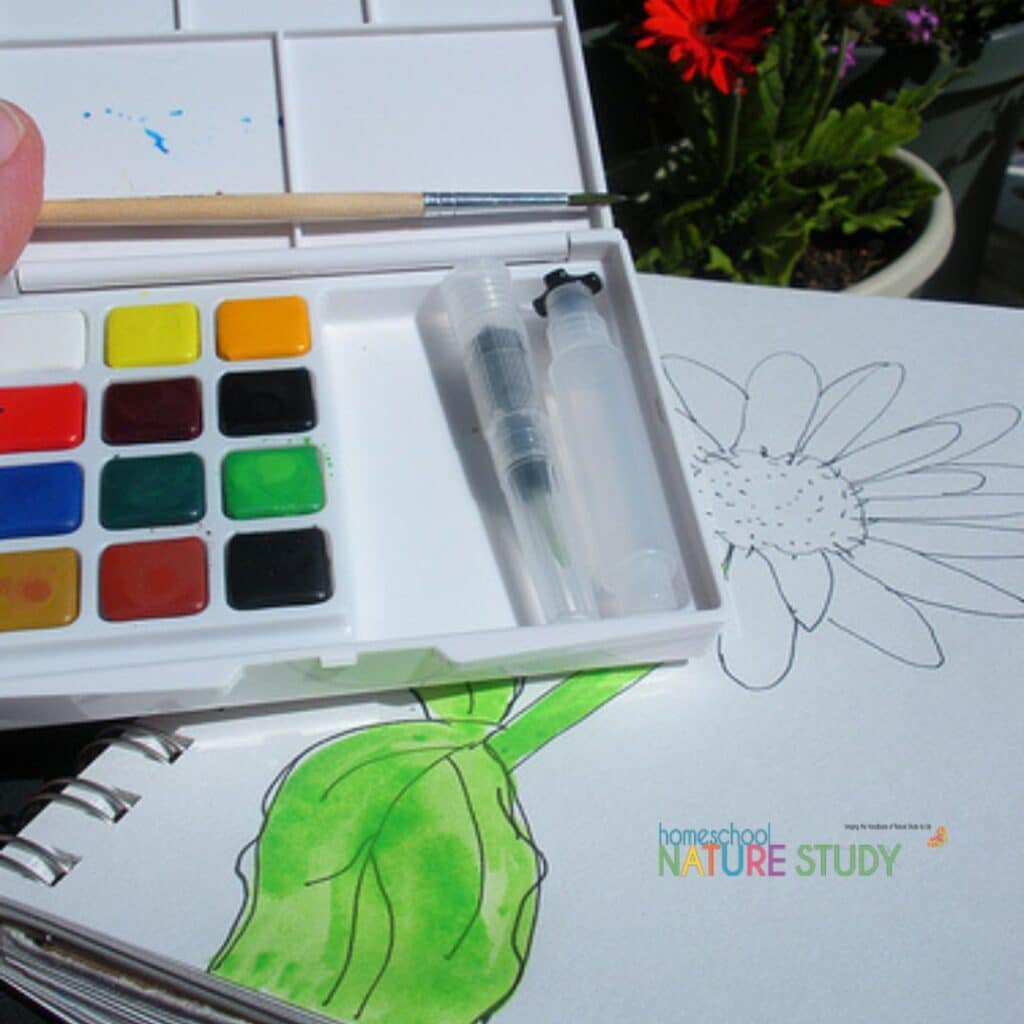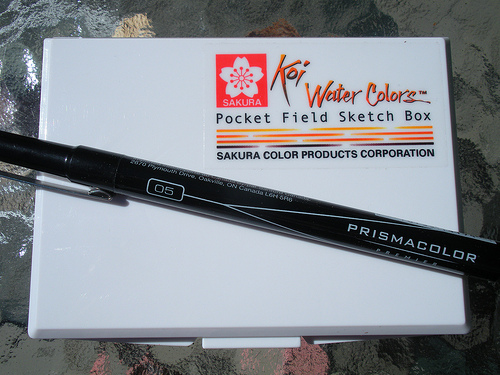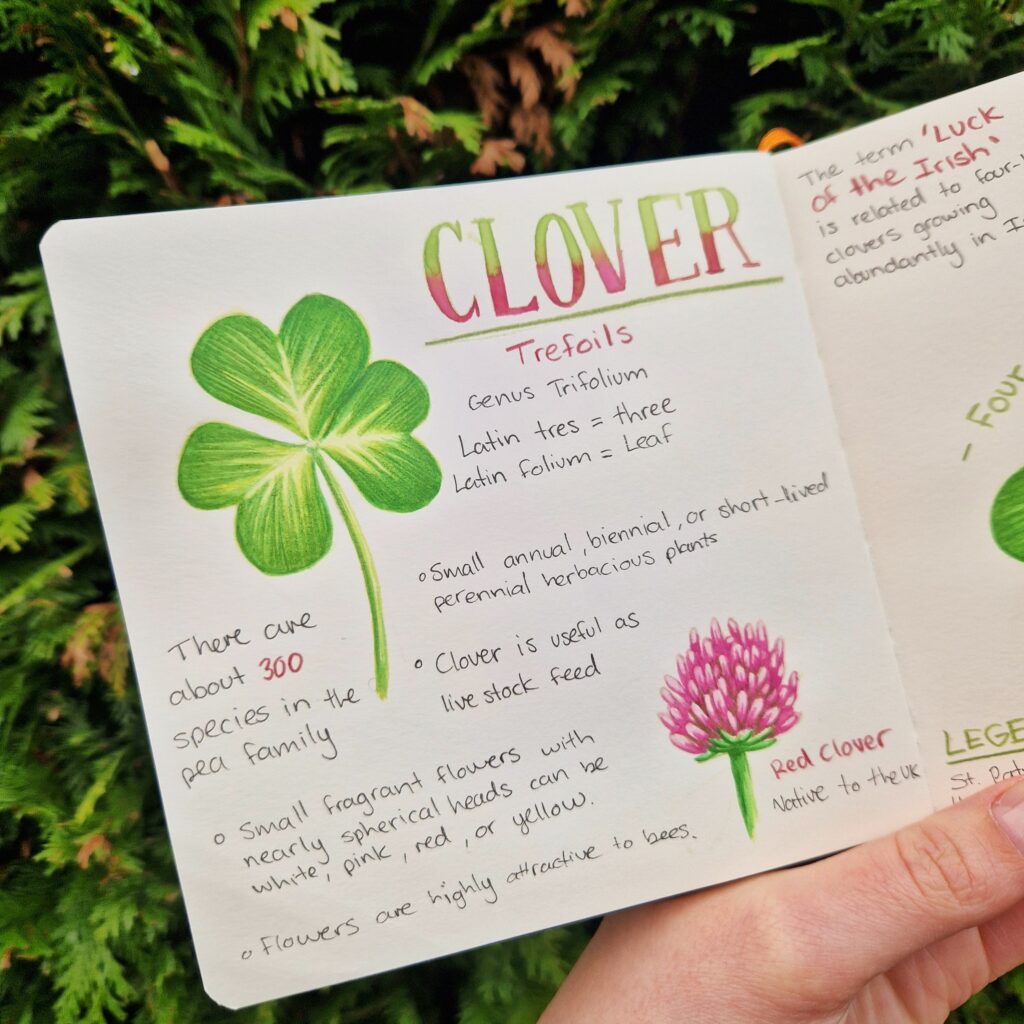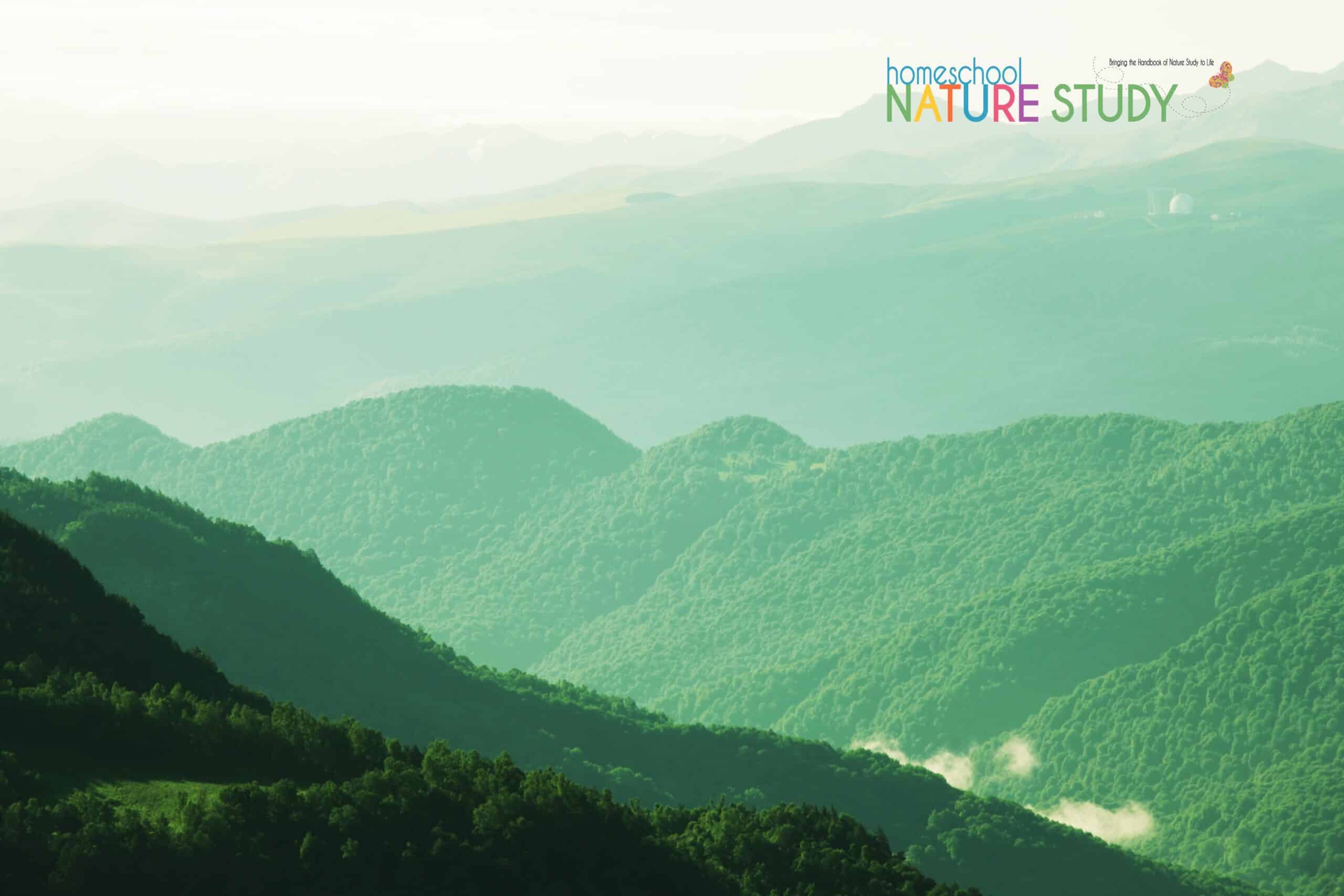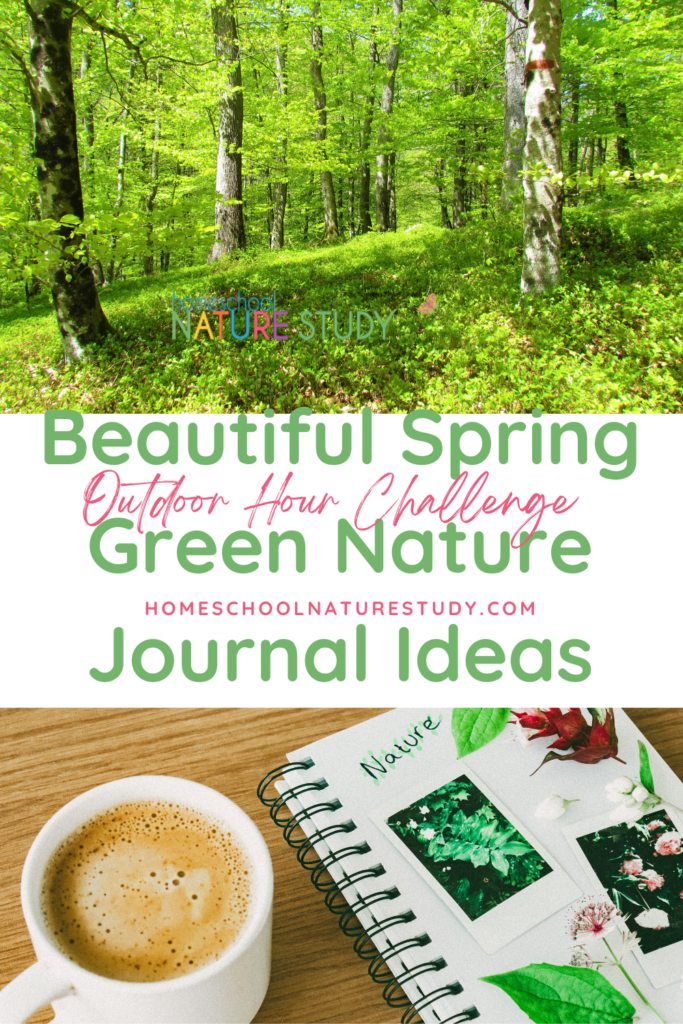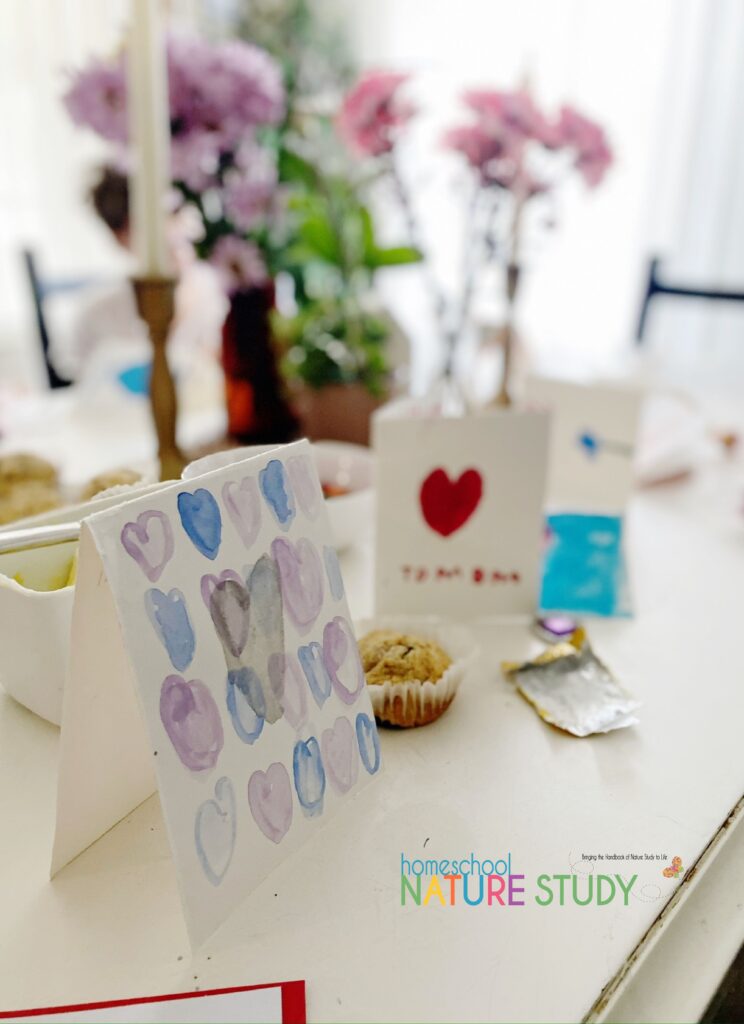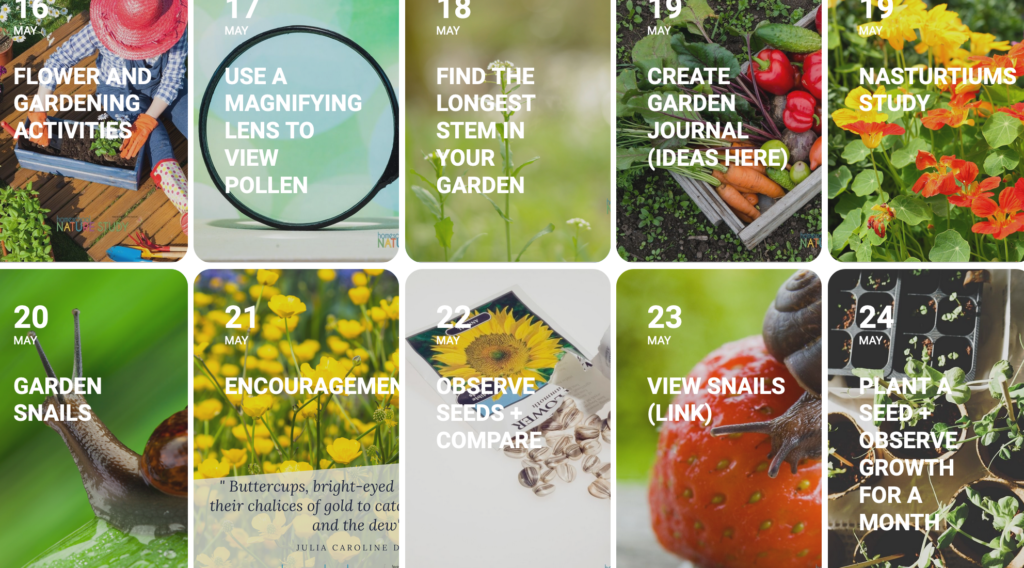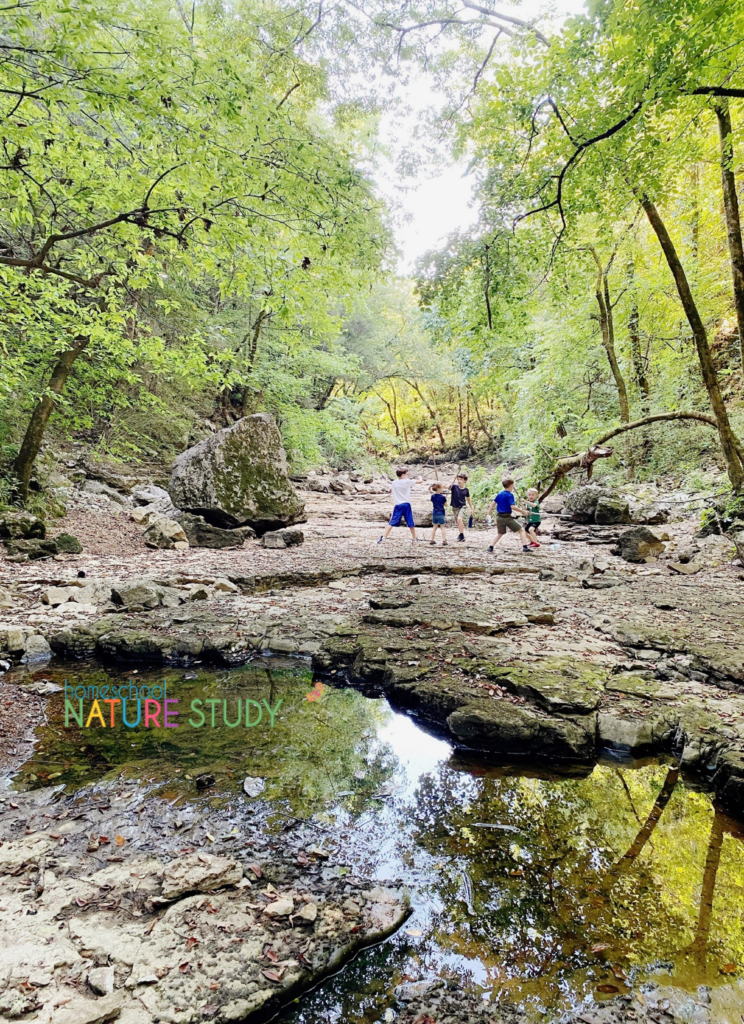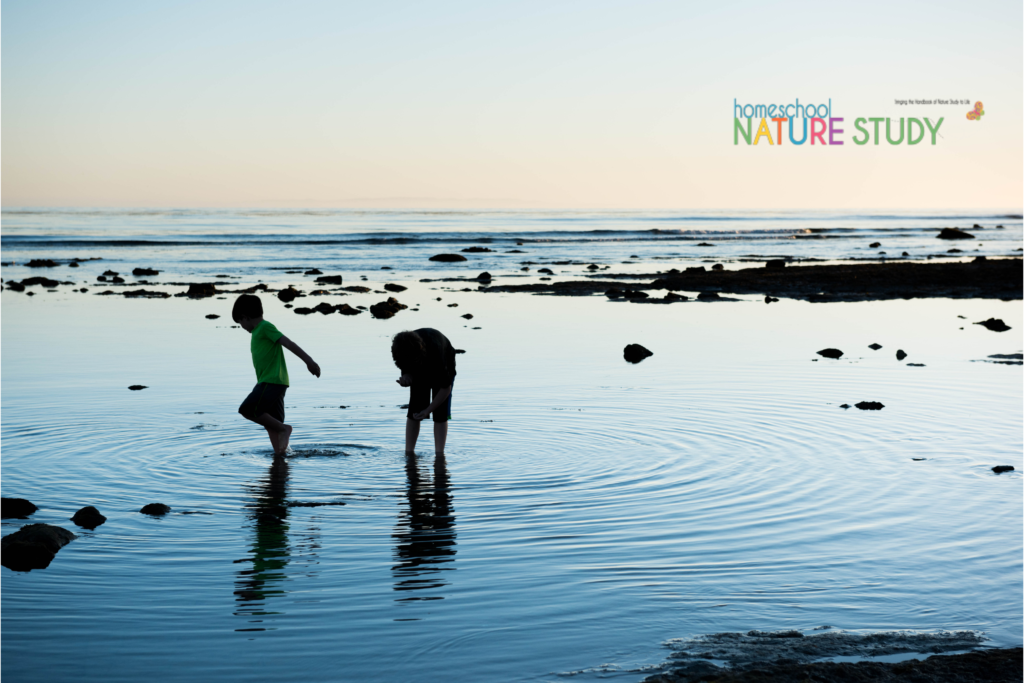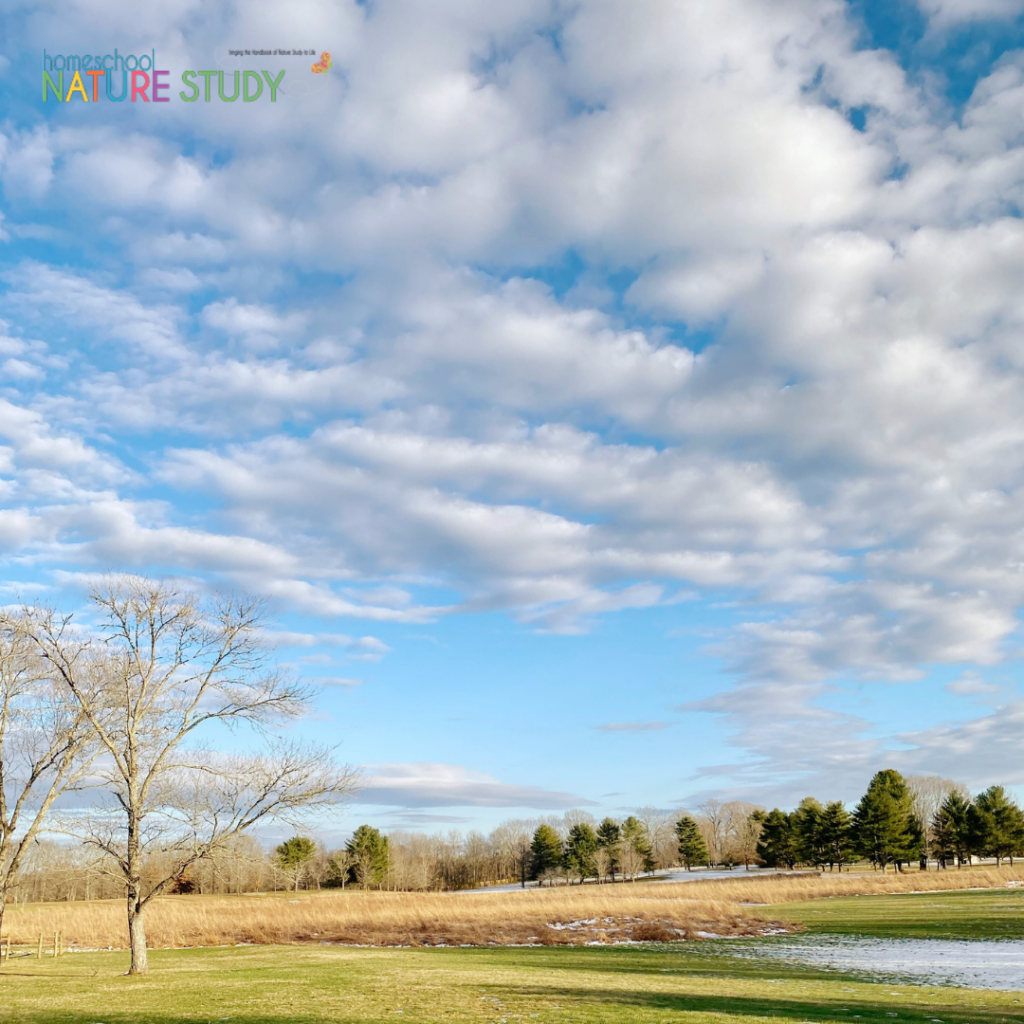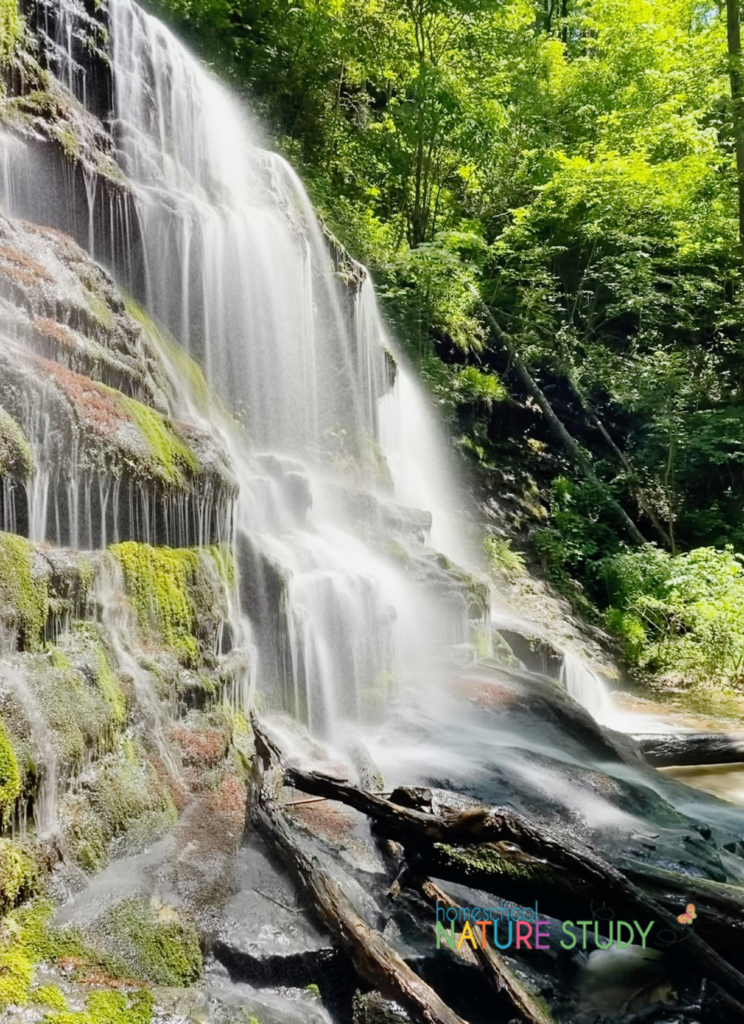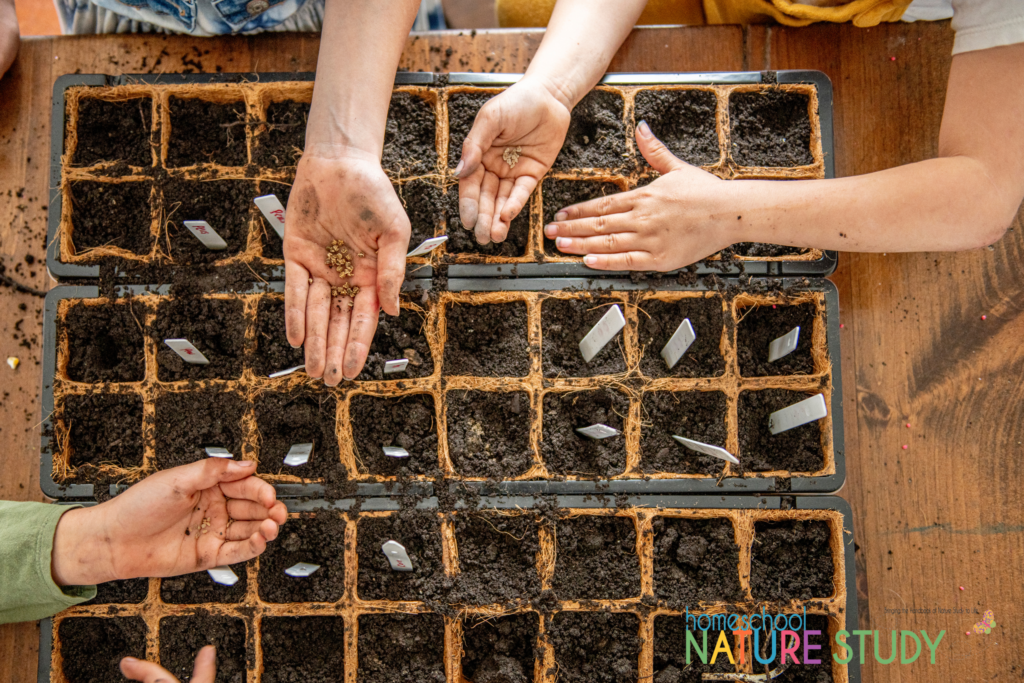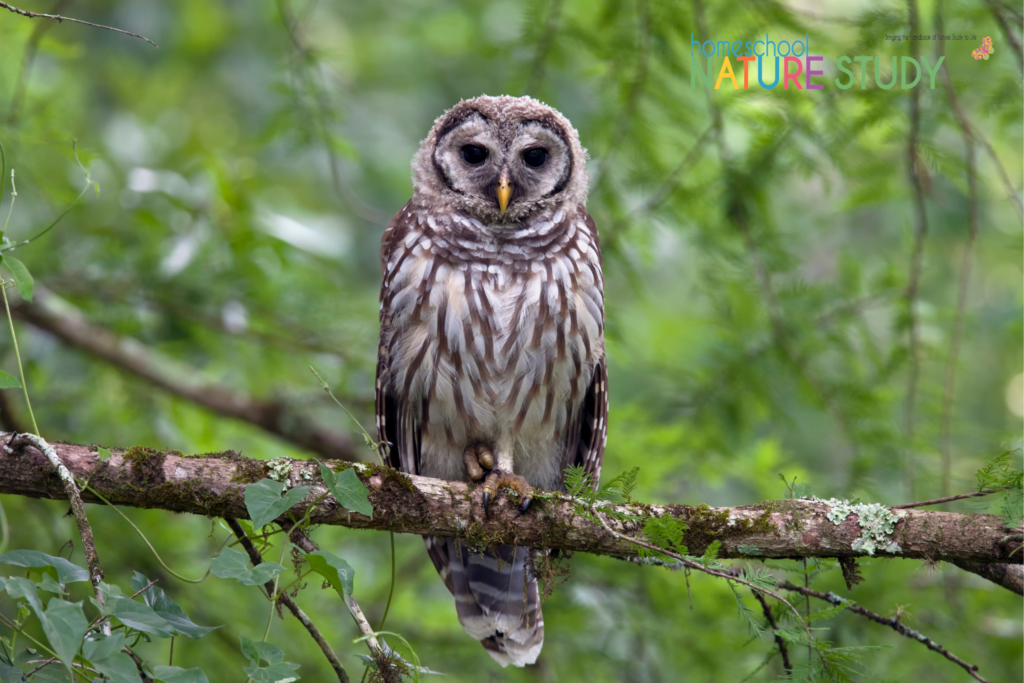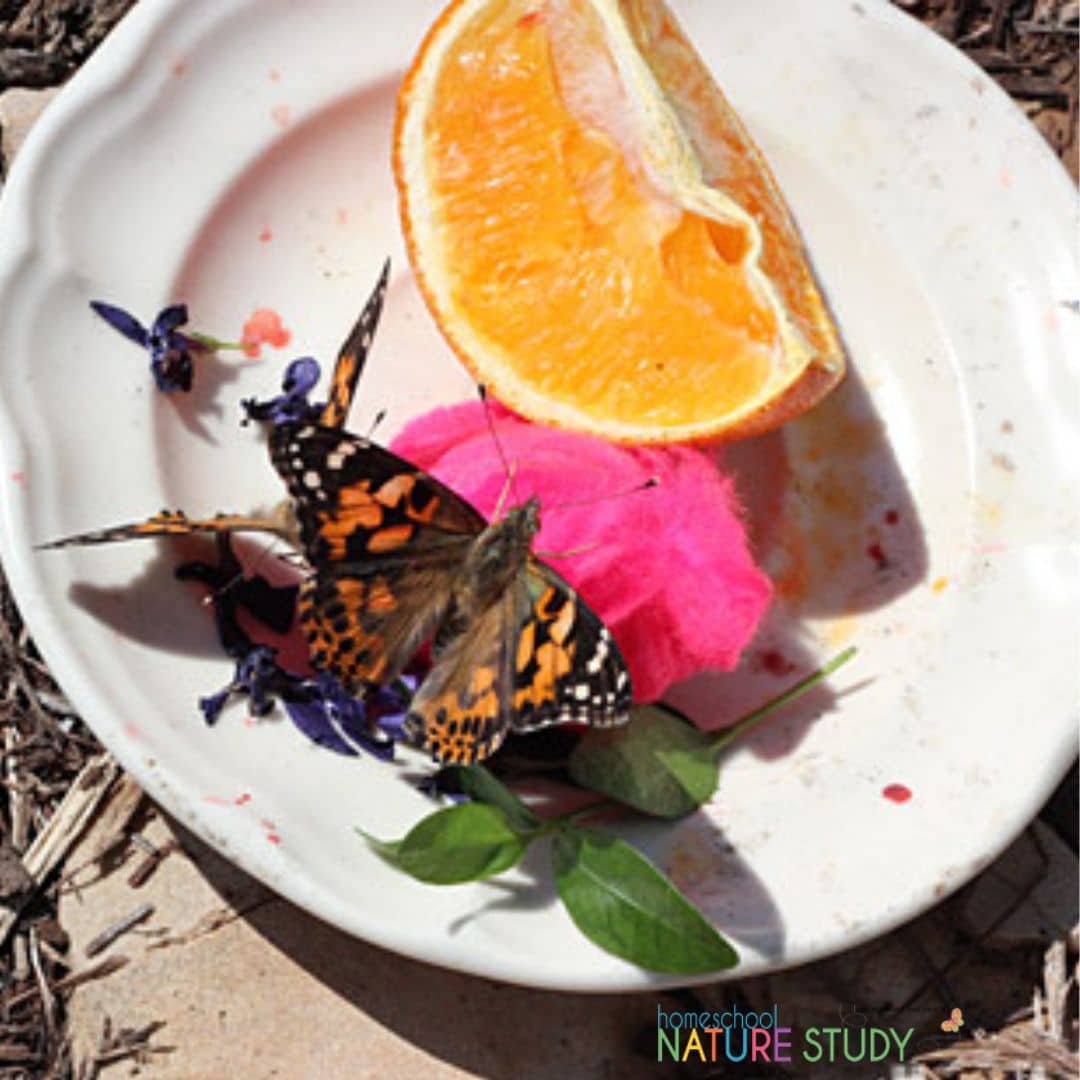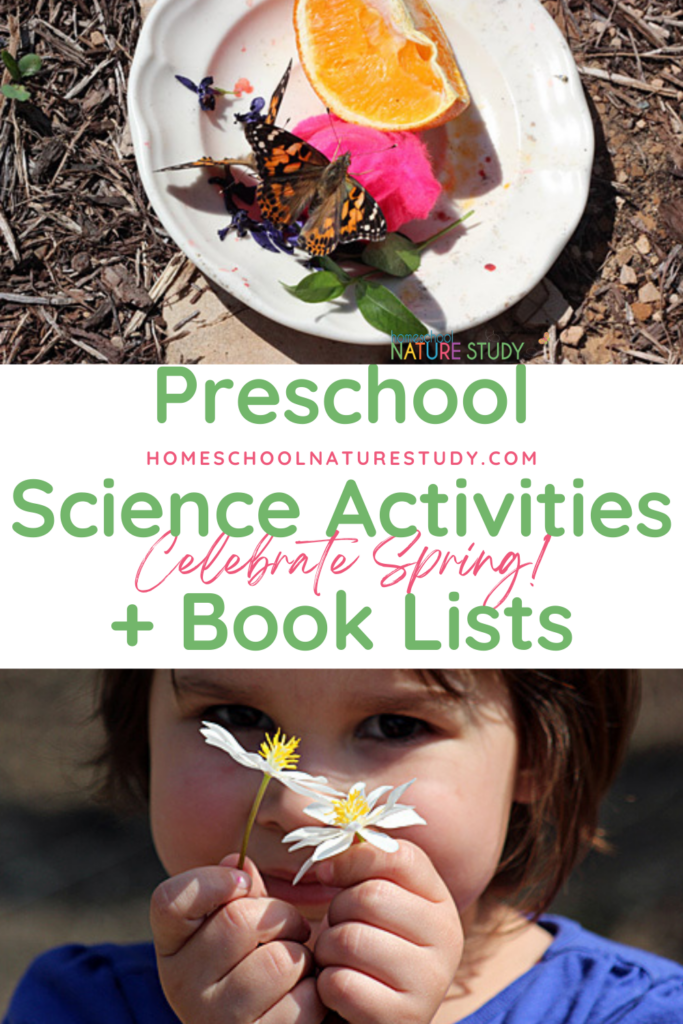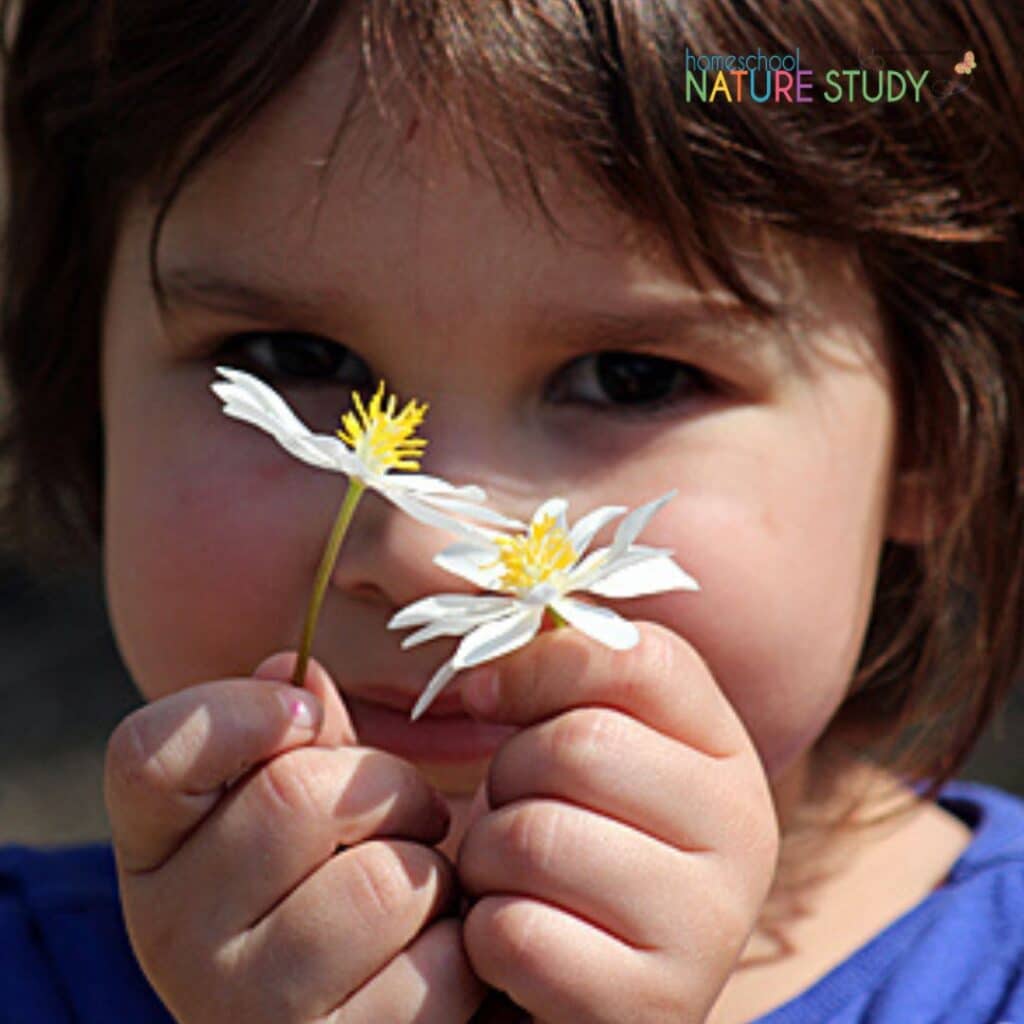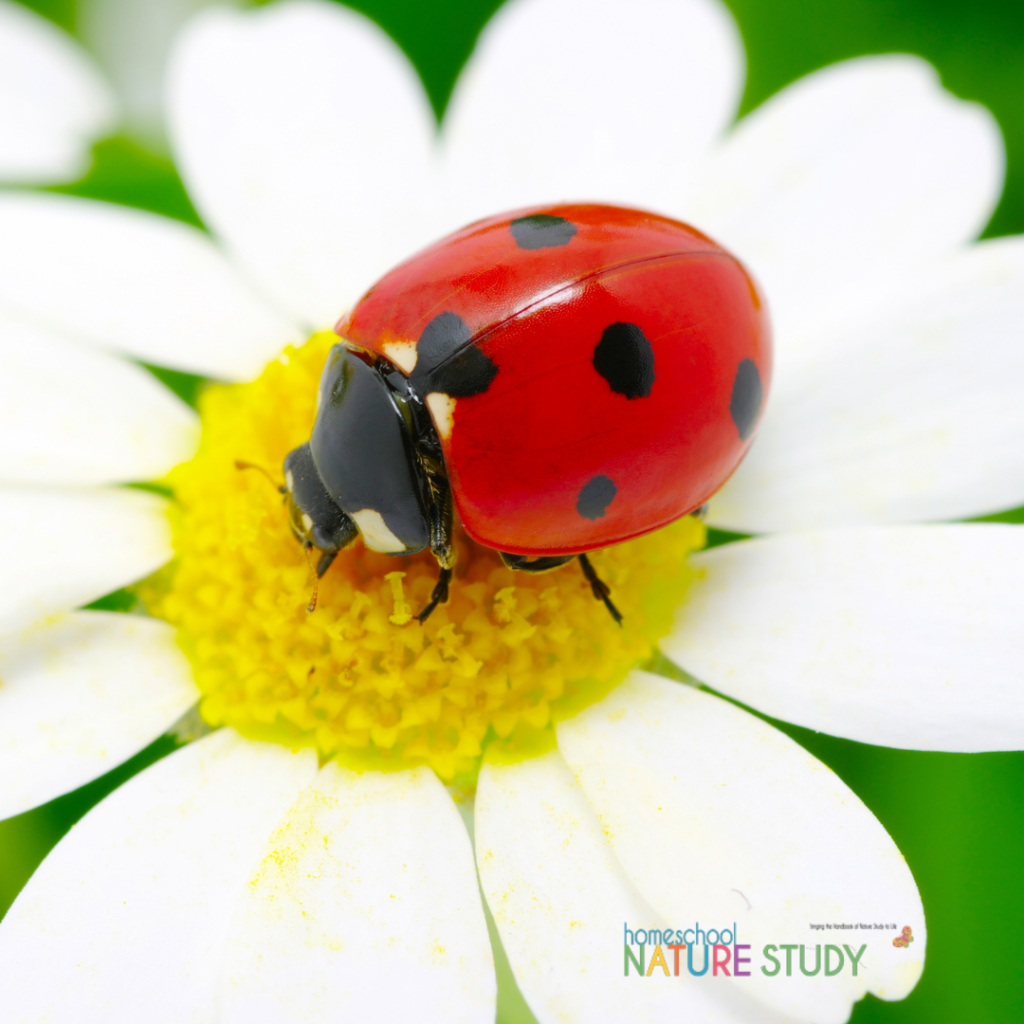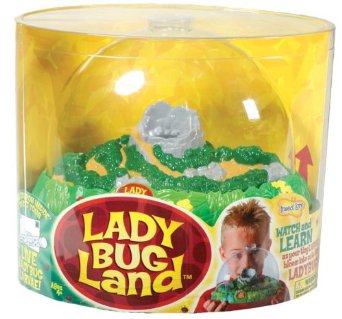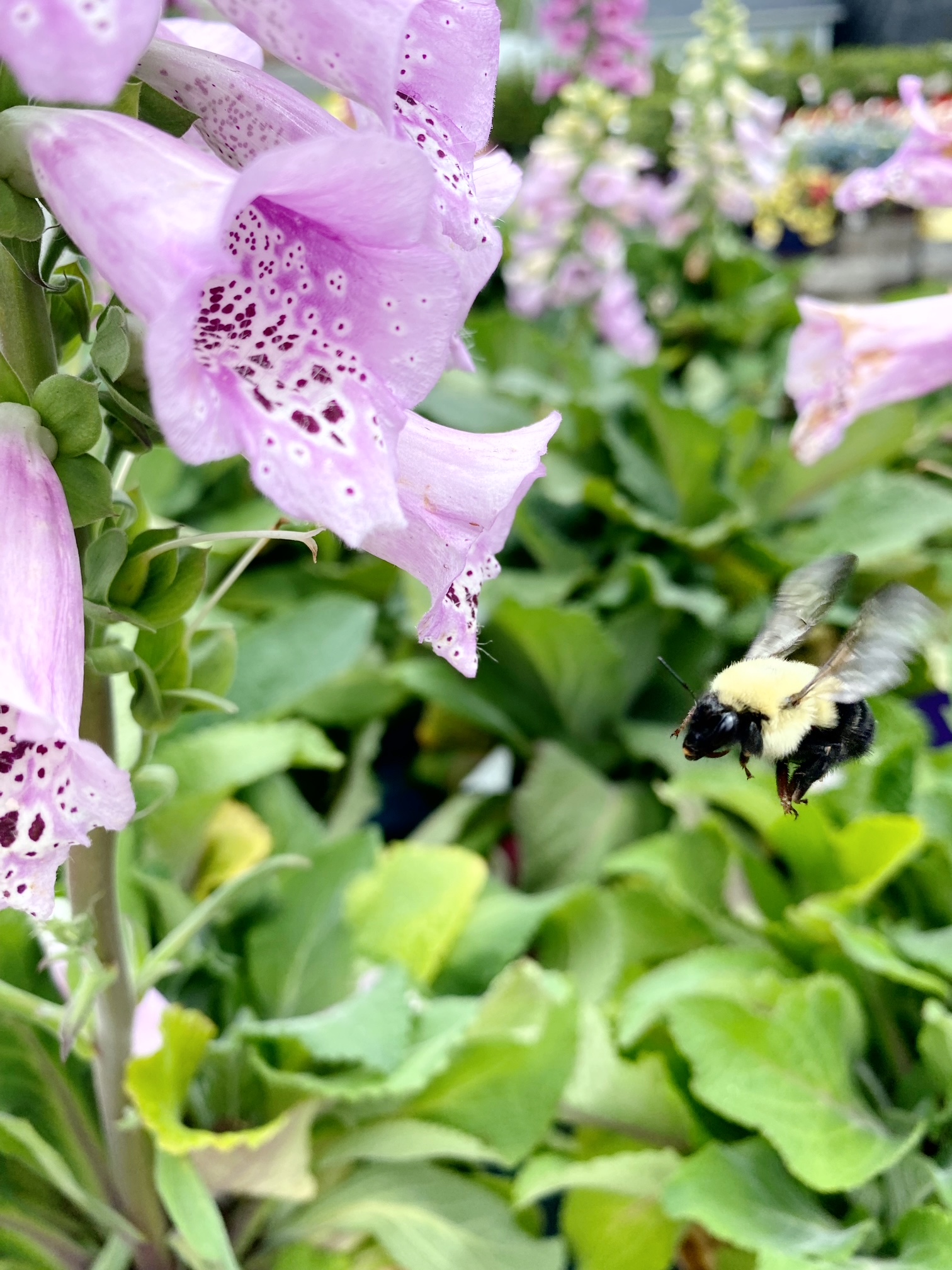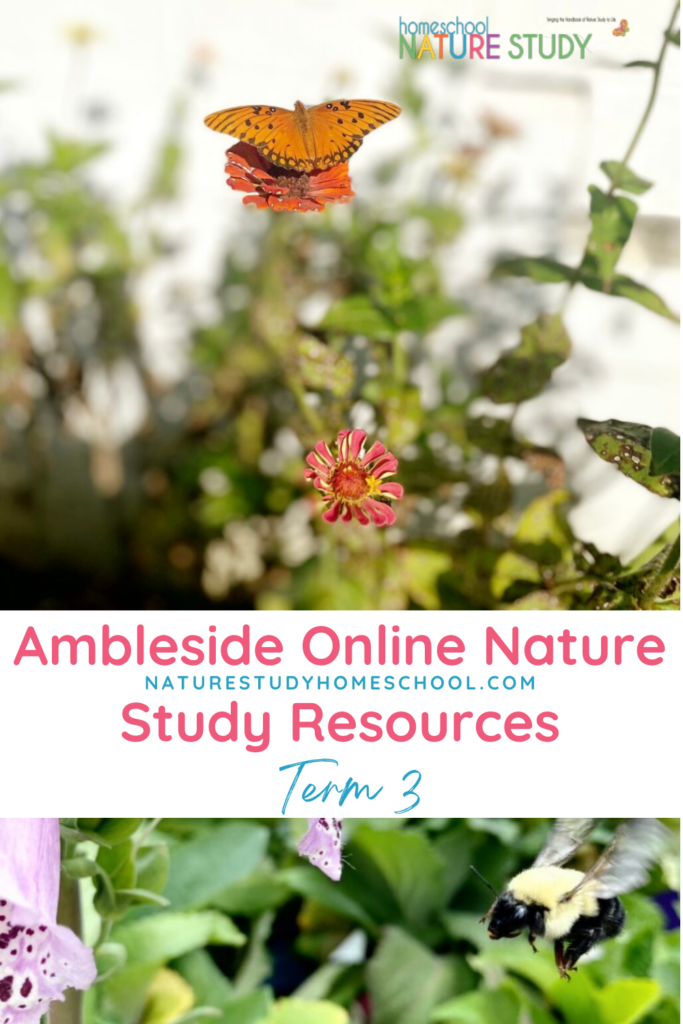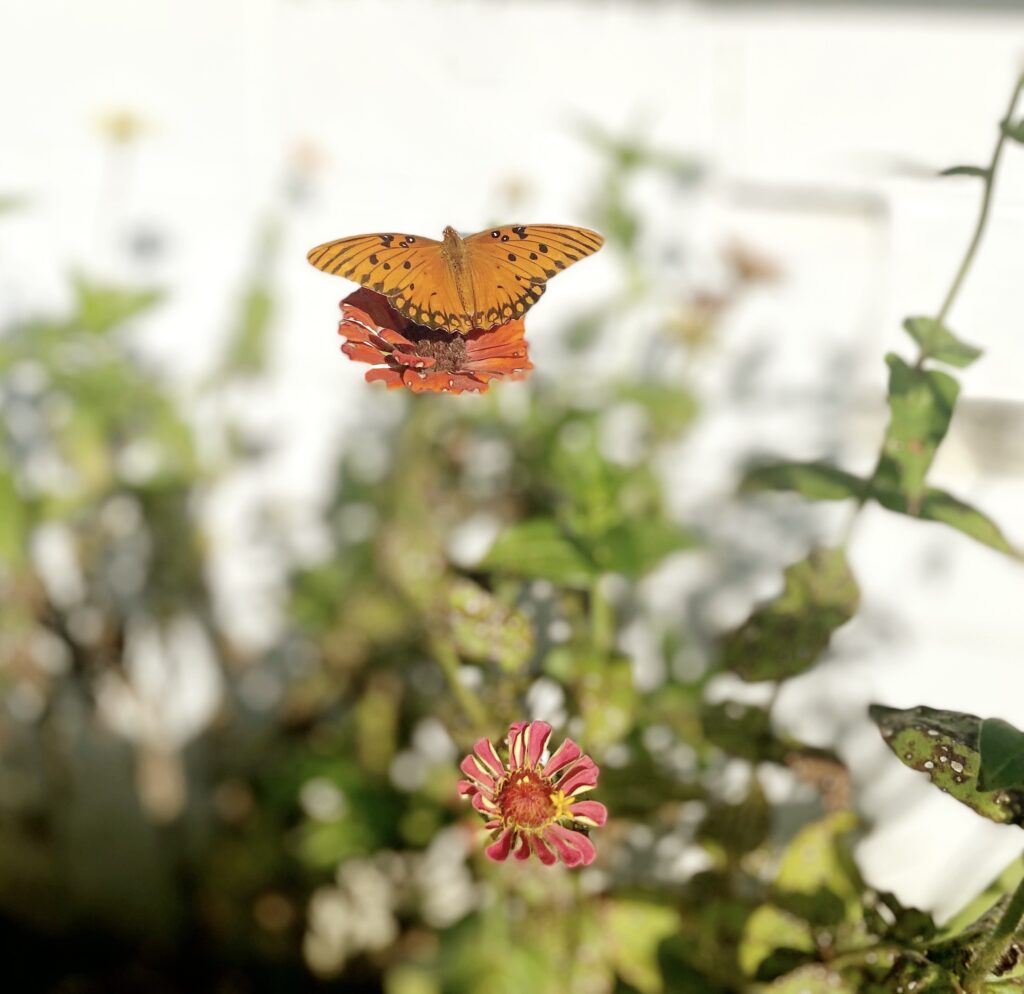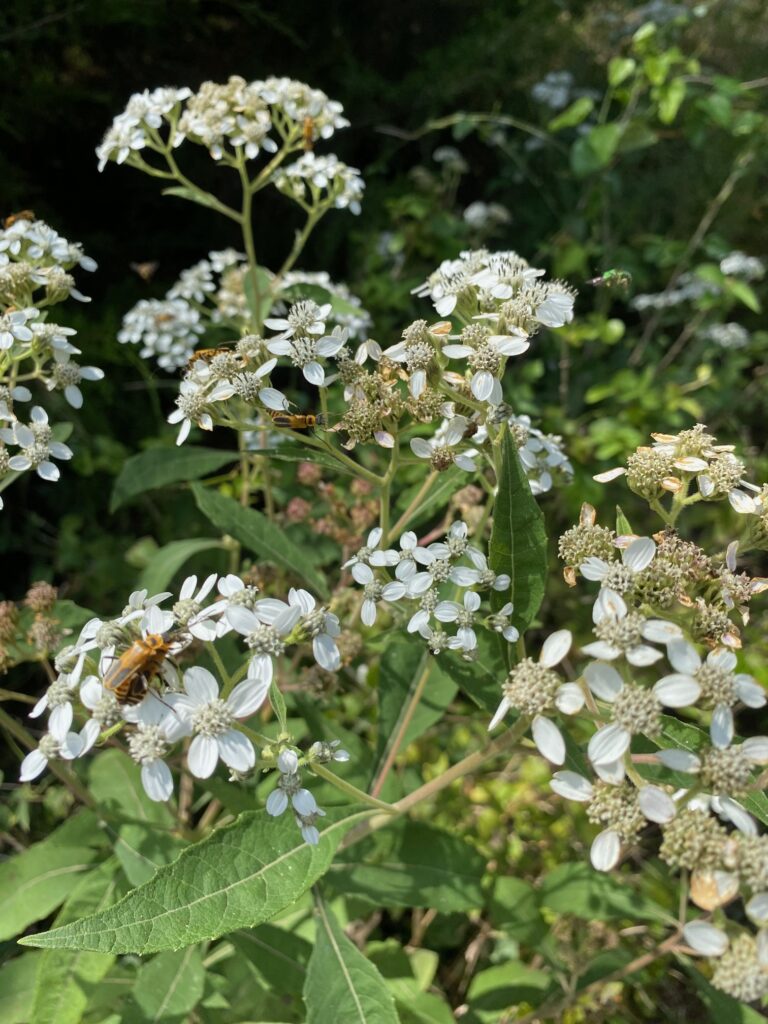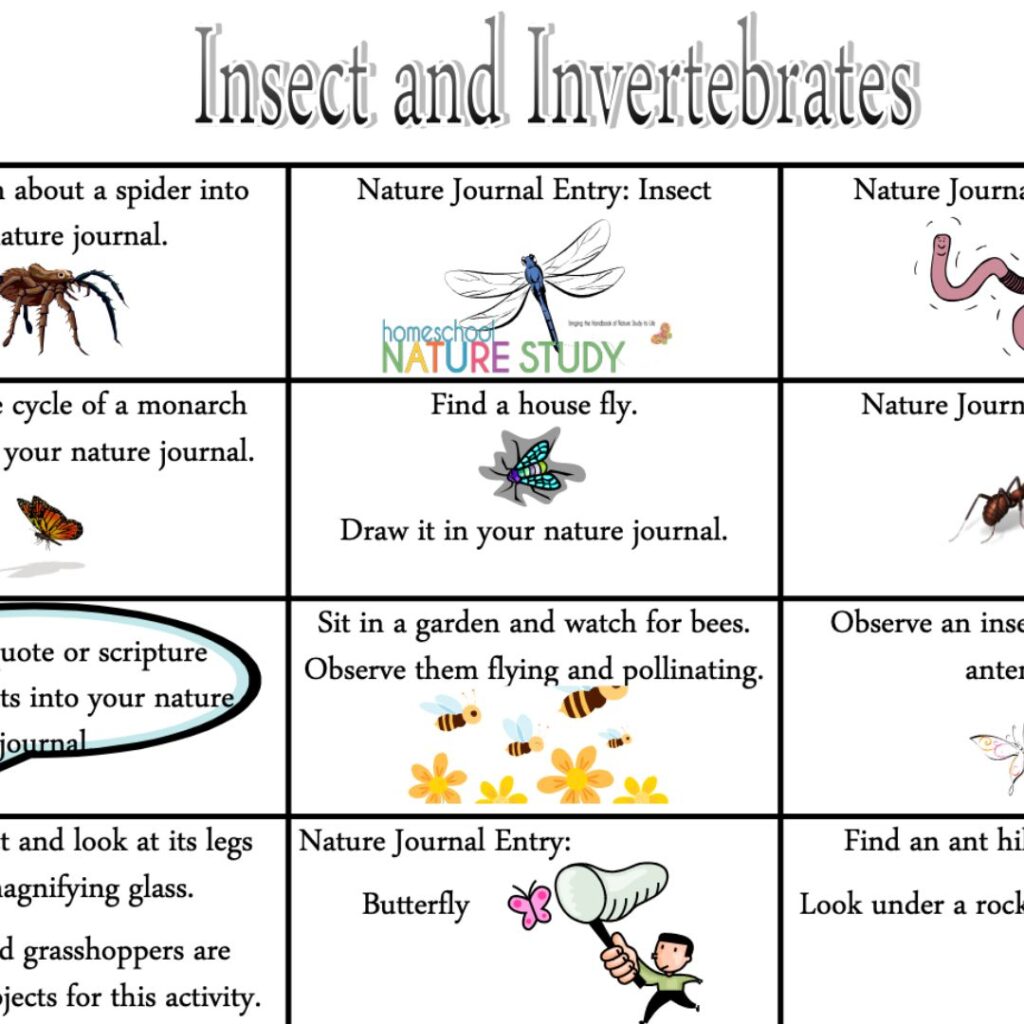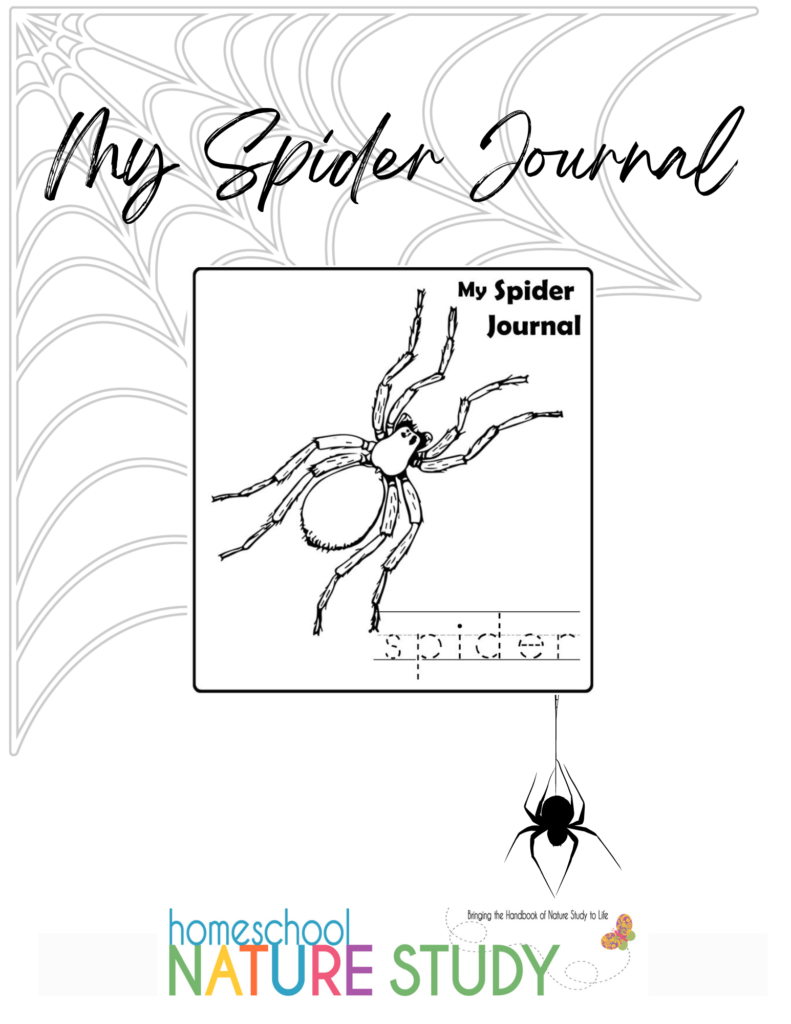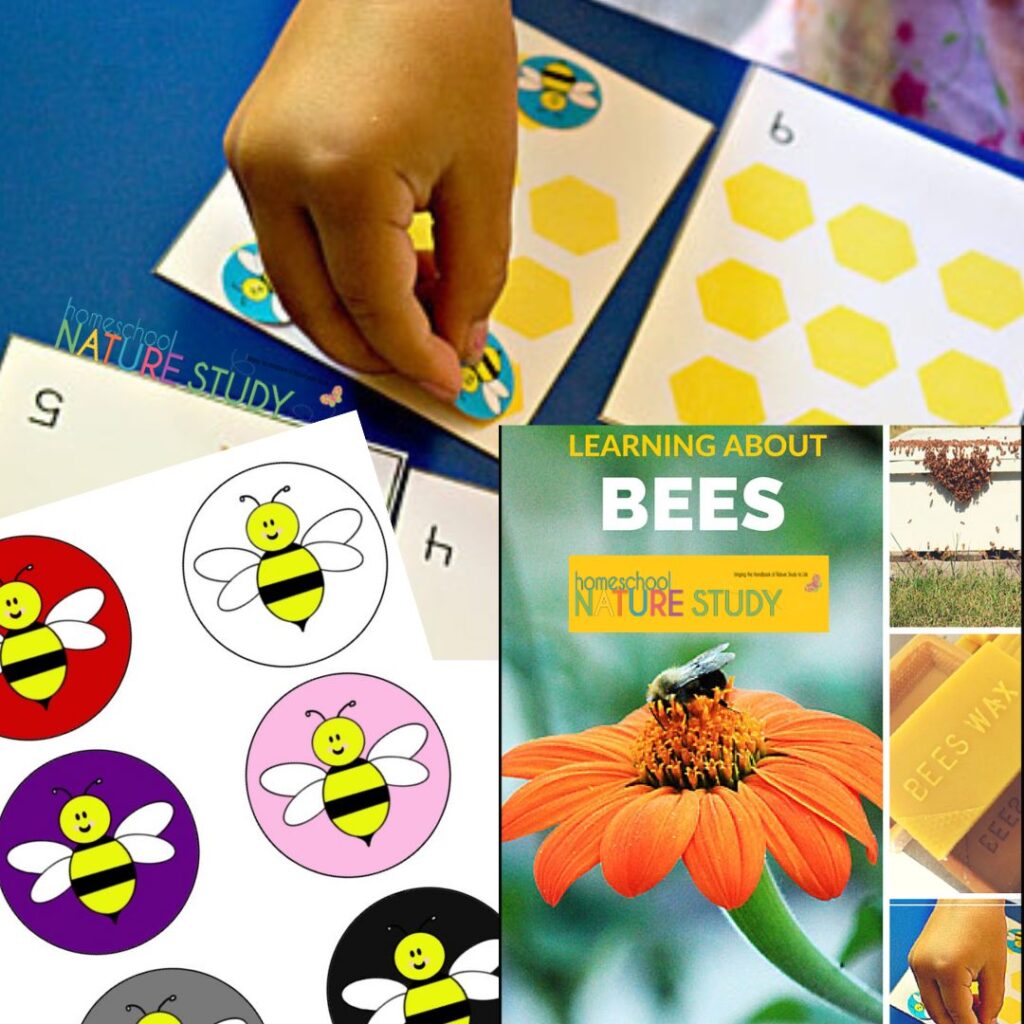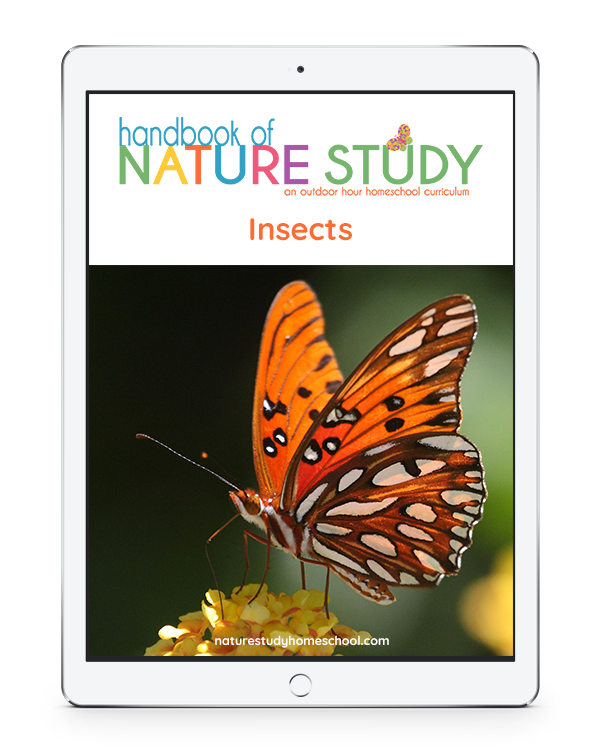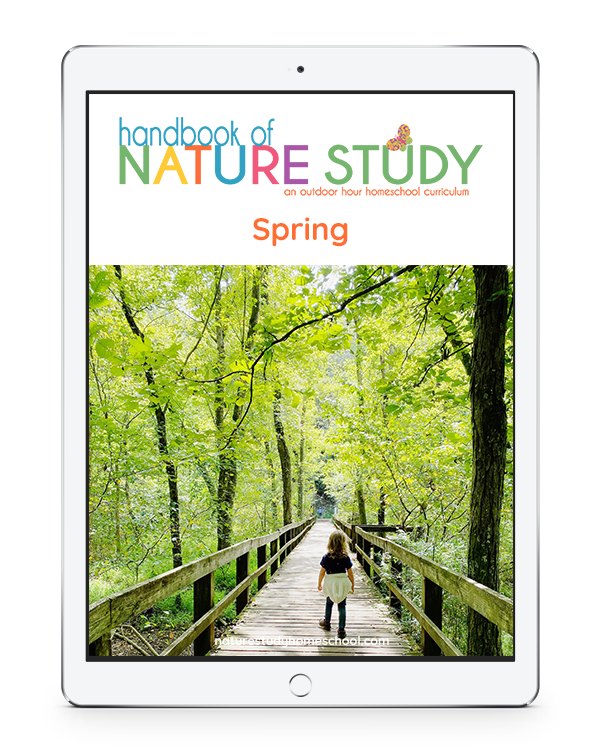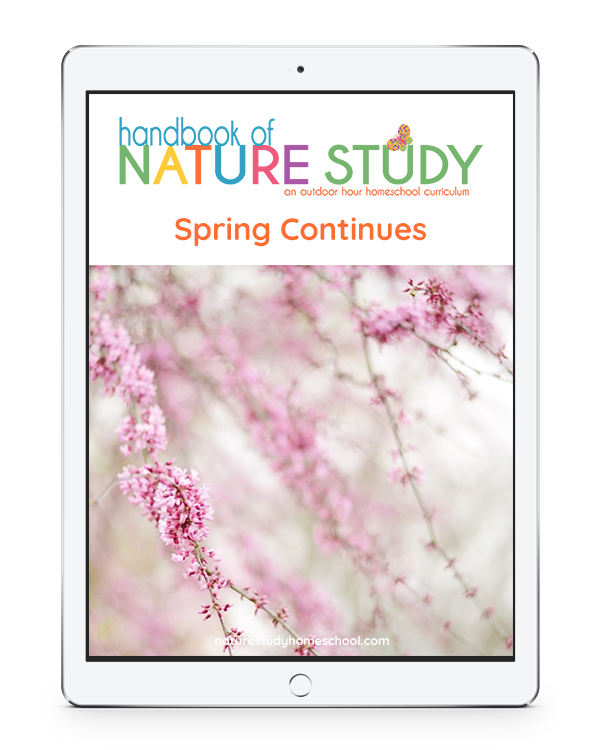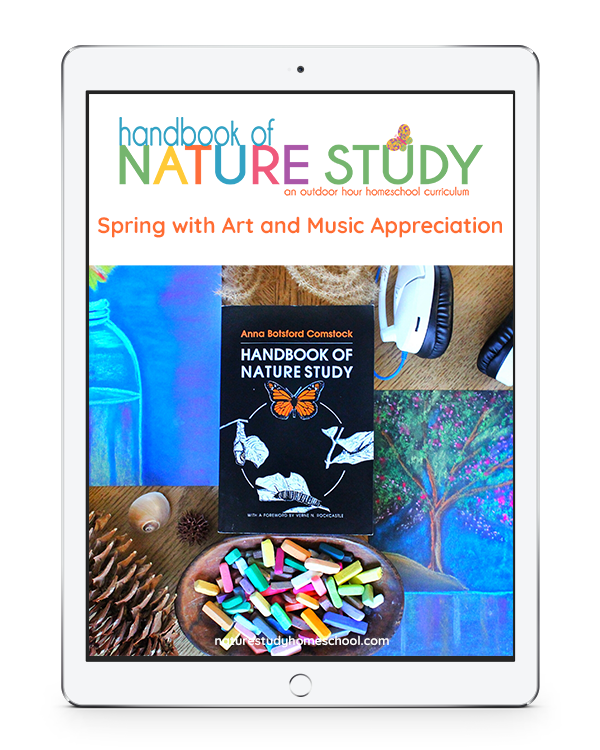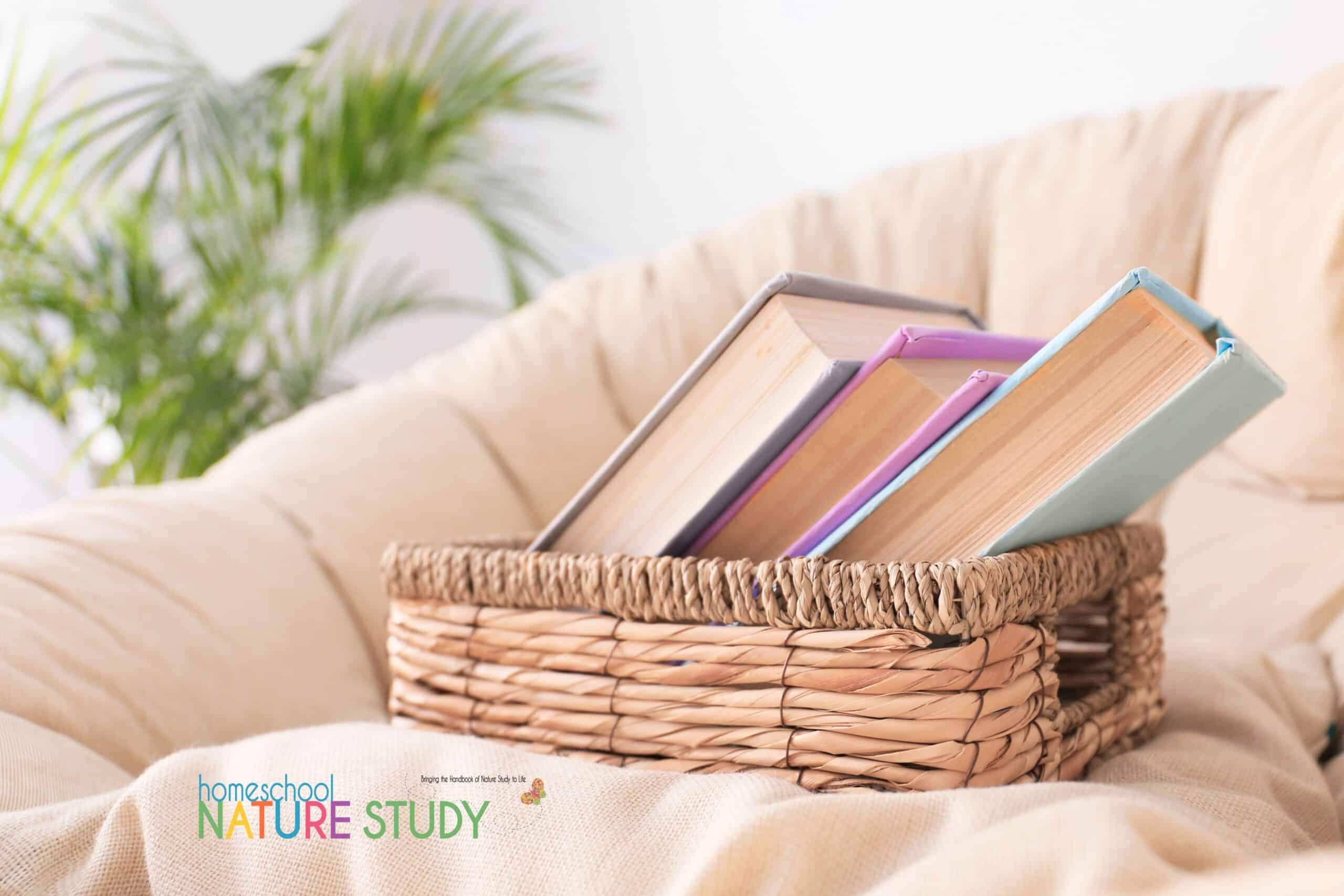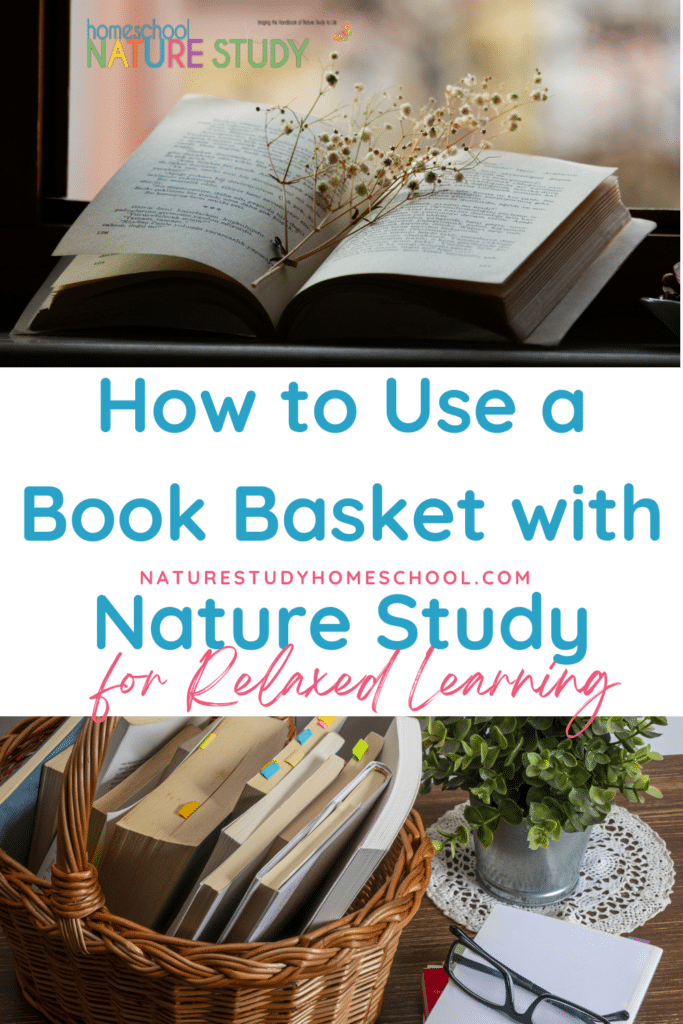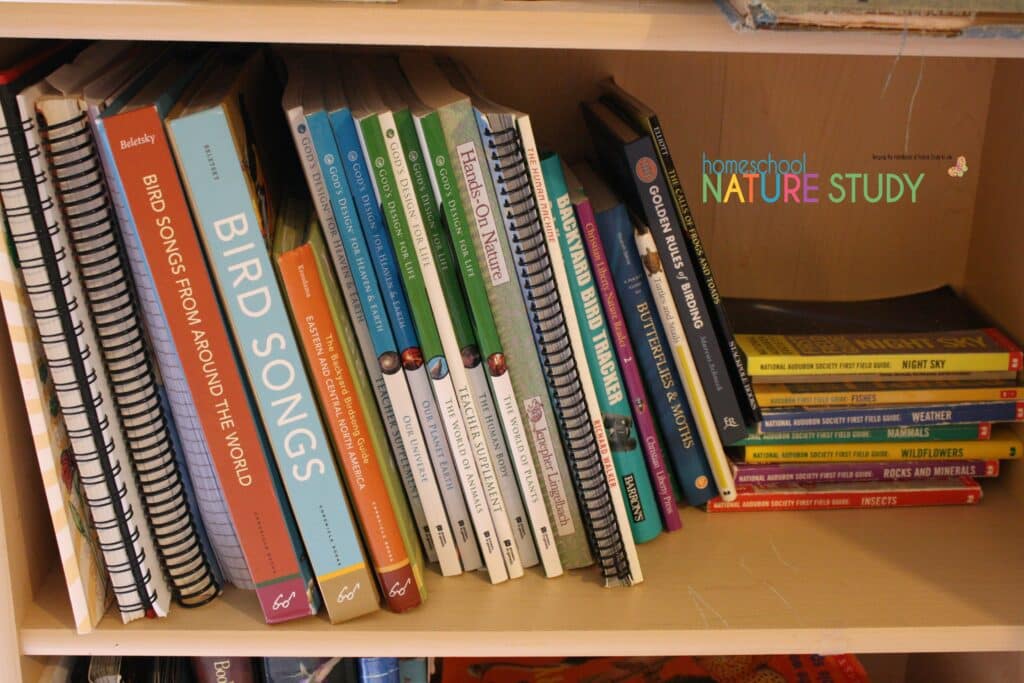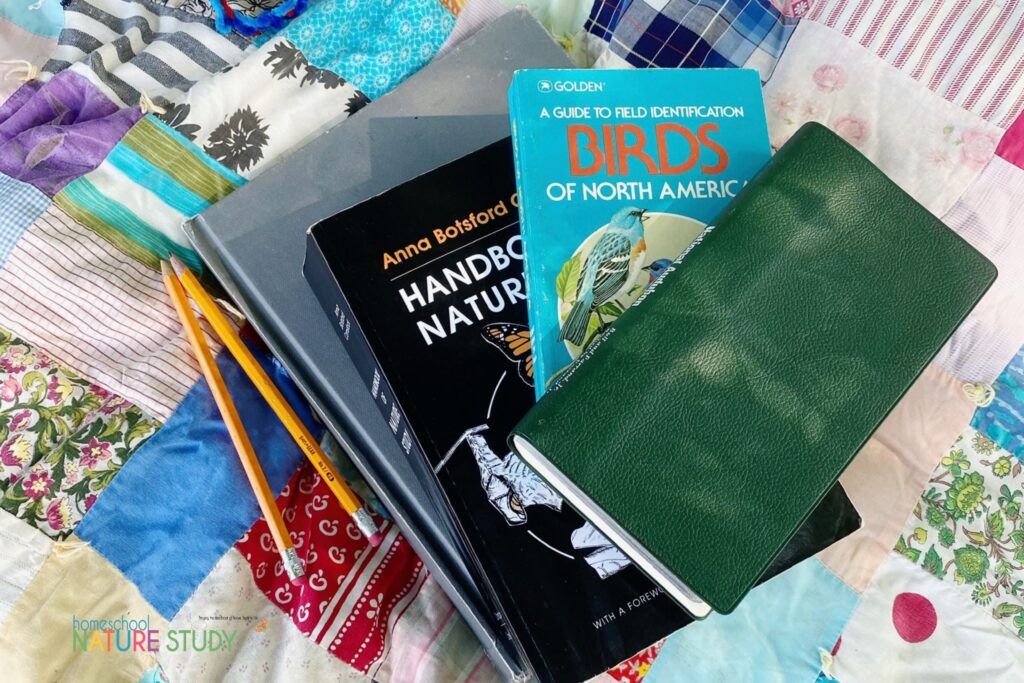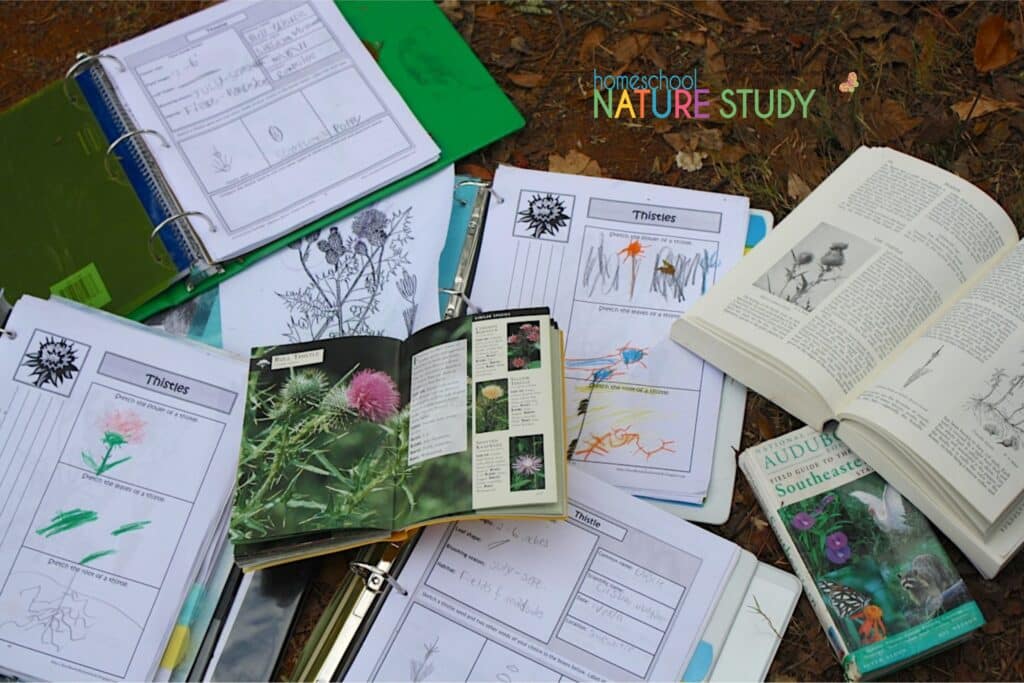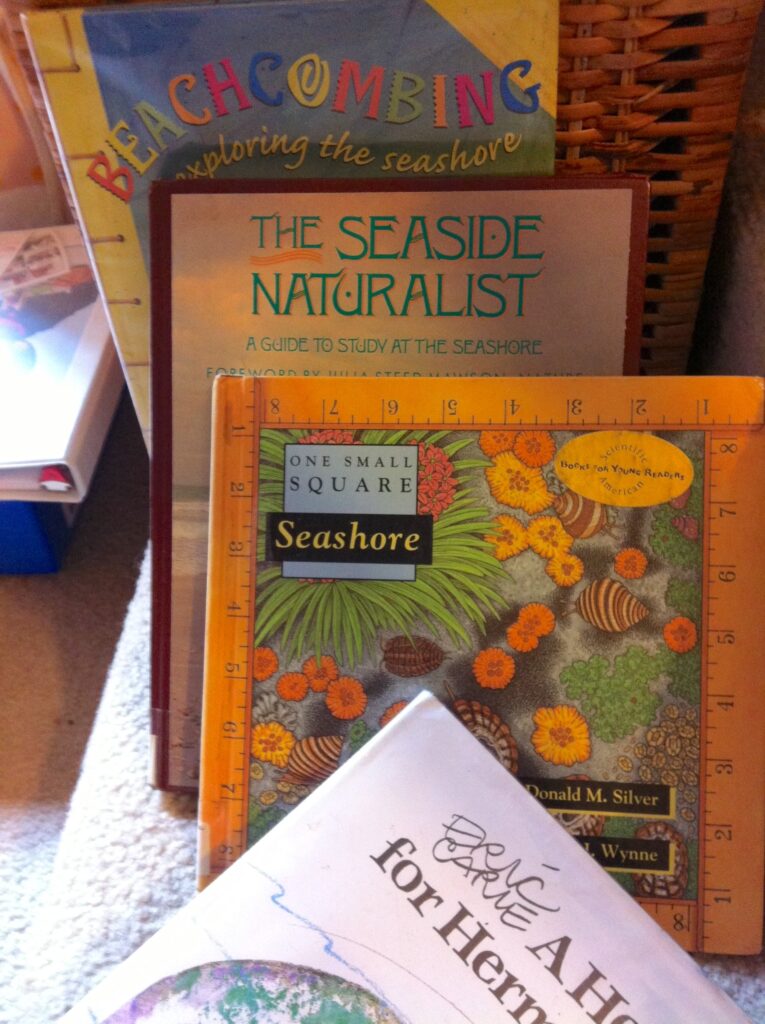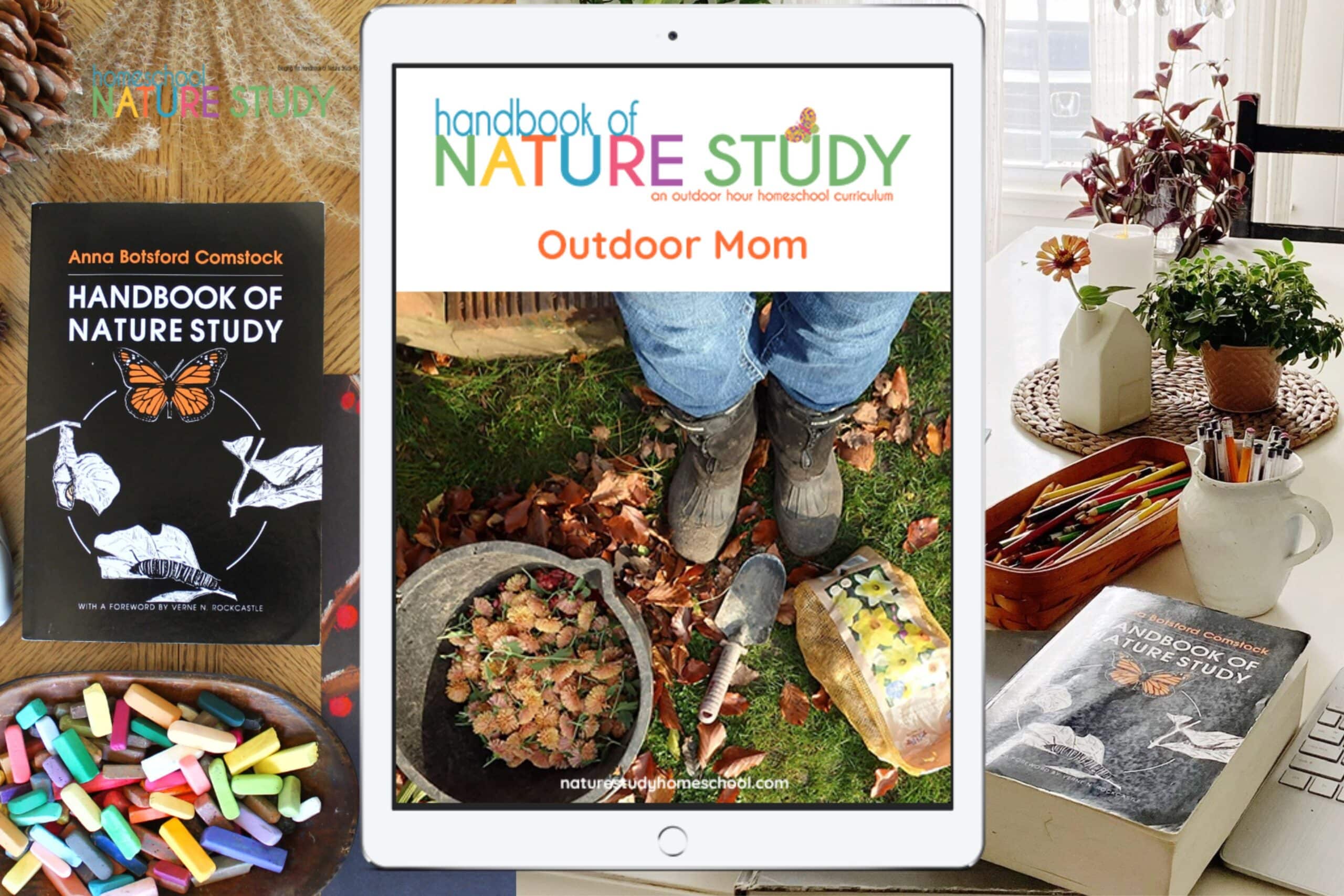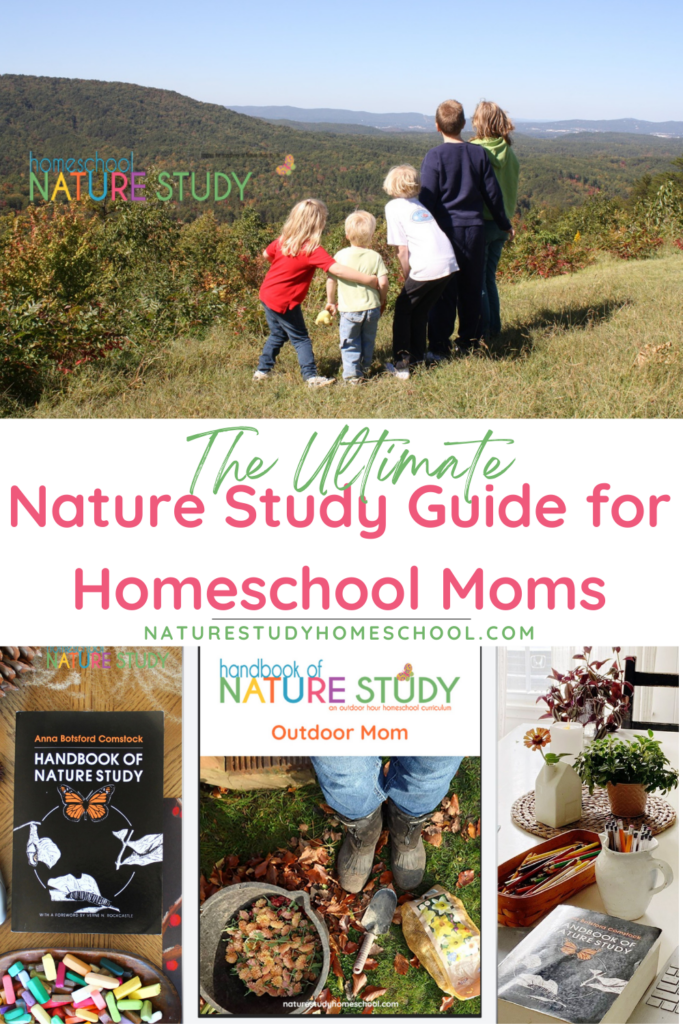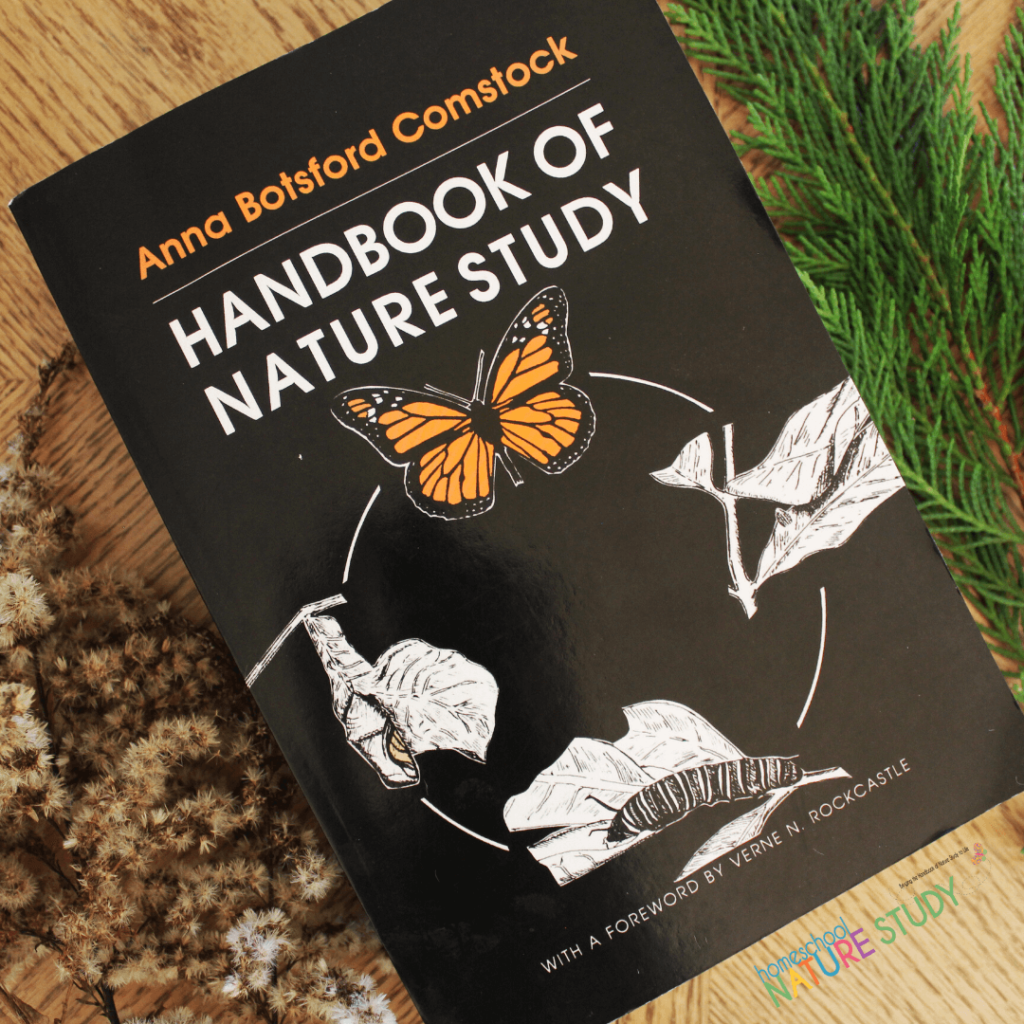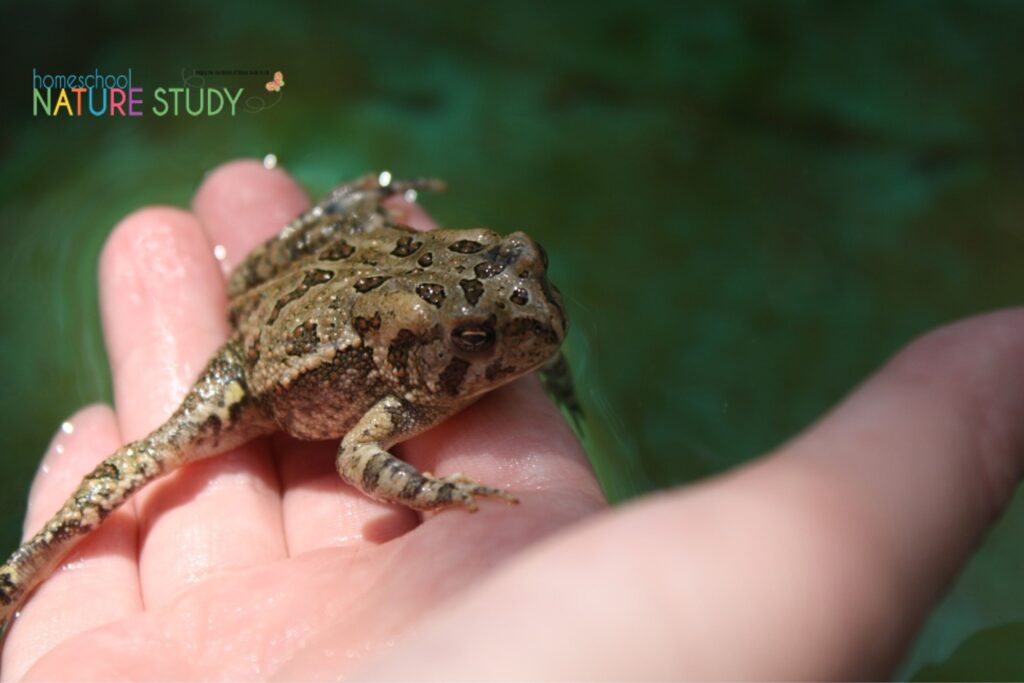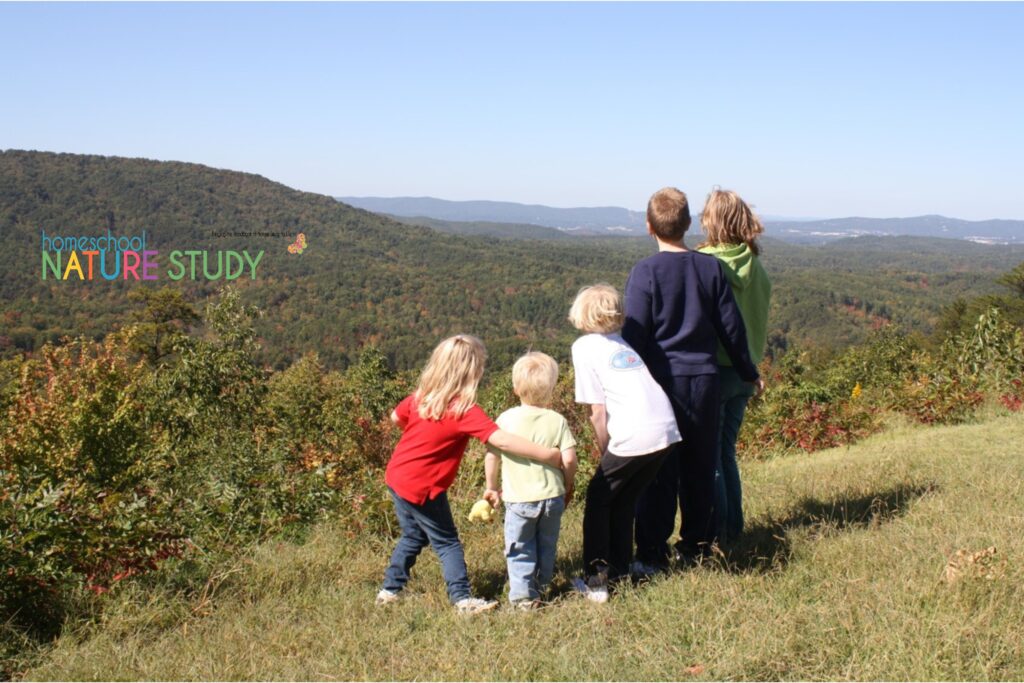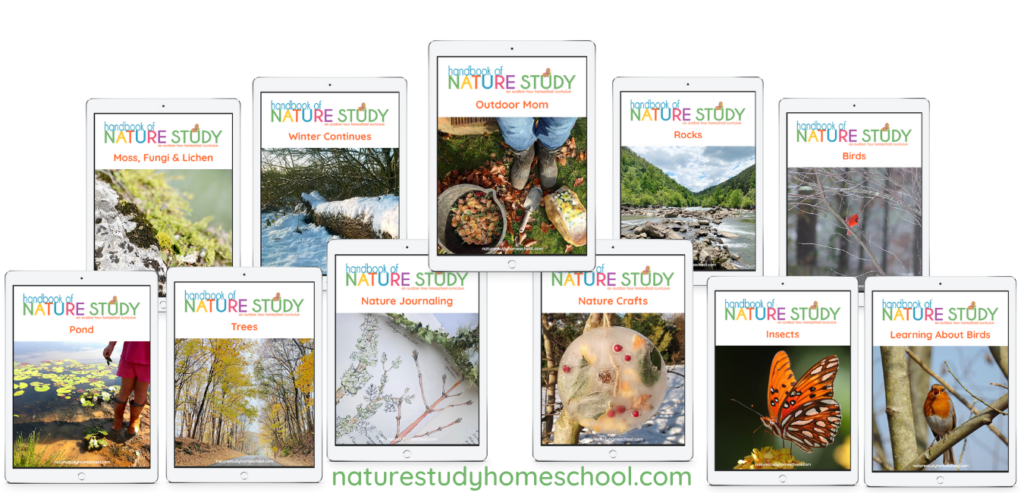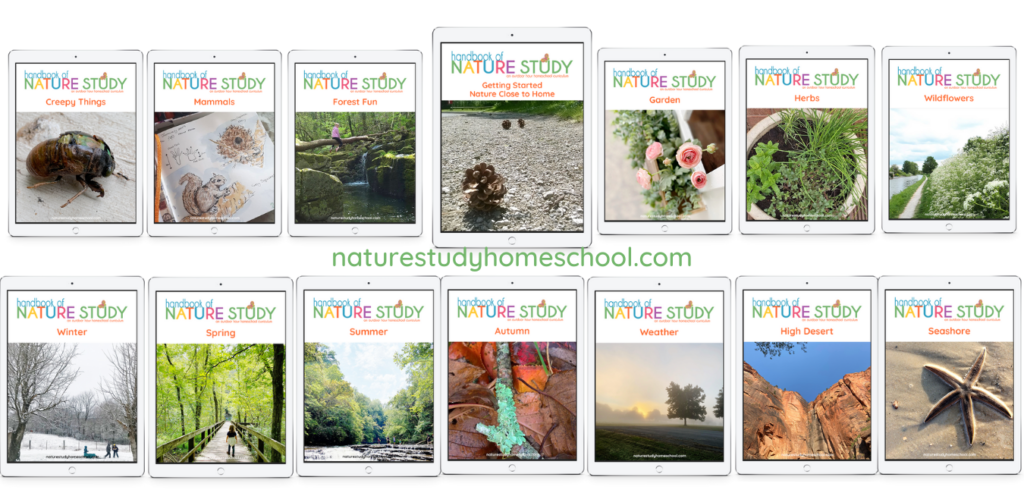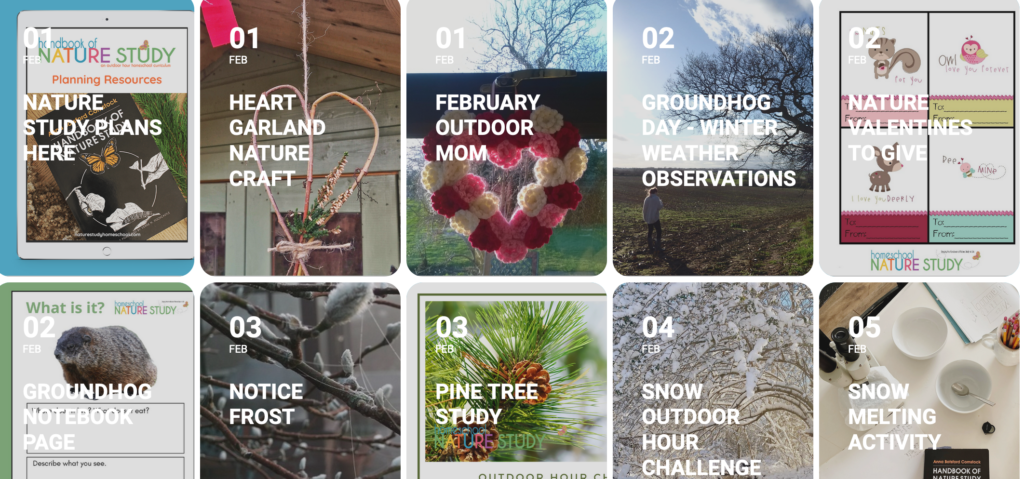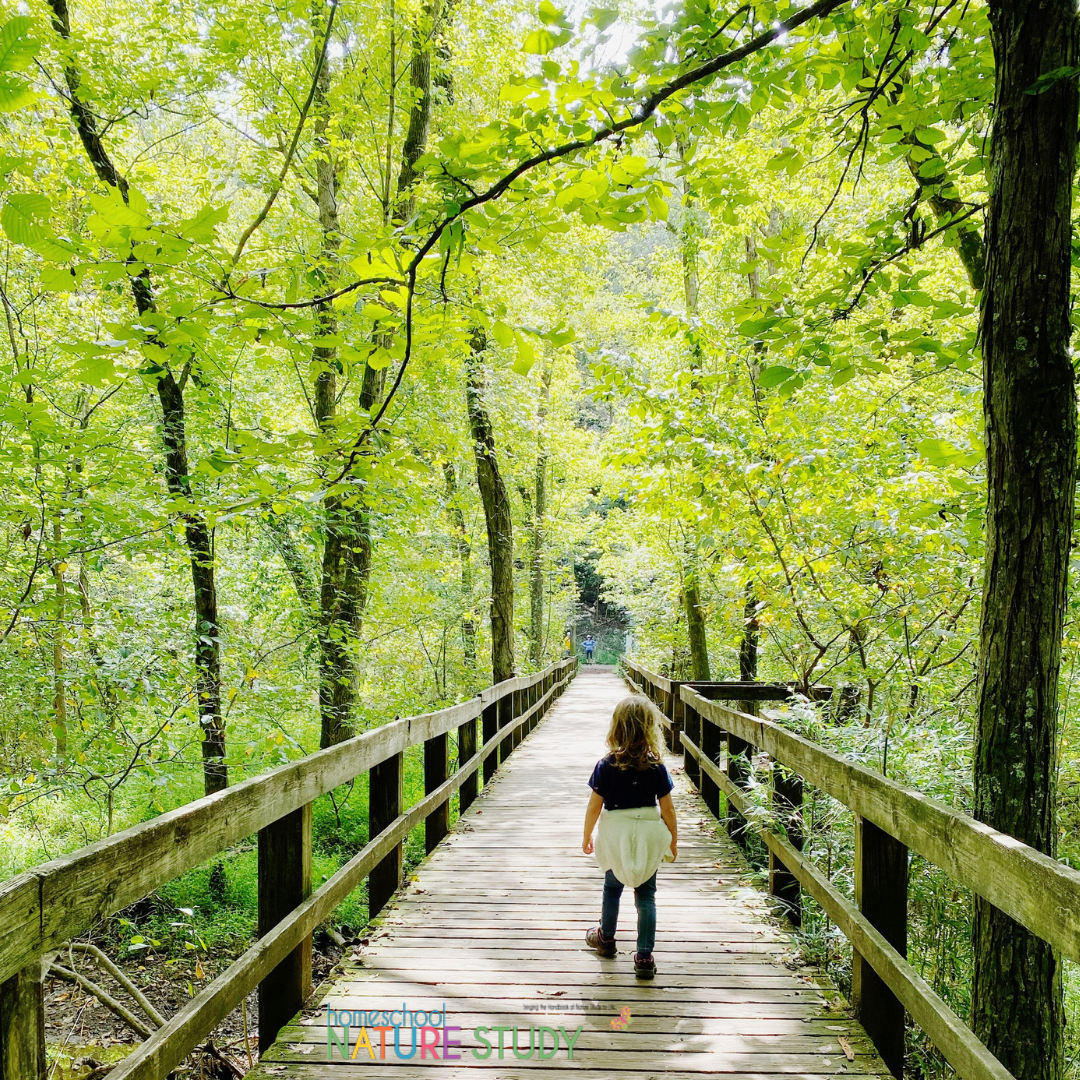
Here you can learn how you to easily start preschool homeschool nature study. Nature study for young people is a joyous time of discovery and a time of introducing children to the beautiful world God created!
Think of the earliest years outdoors with your children as the way to start a valuable habit. I have seen in my family that developing a love and curiosity about the natural world developed gradually over their childhood. The earlier you start building a habit of nature study in your family, the easier it will be to encourage children who are eager to be outside and engaged in nature study. Here are a few more ideas on building the nature study habit at an early age.
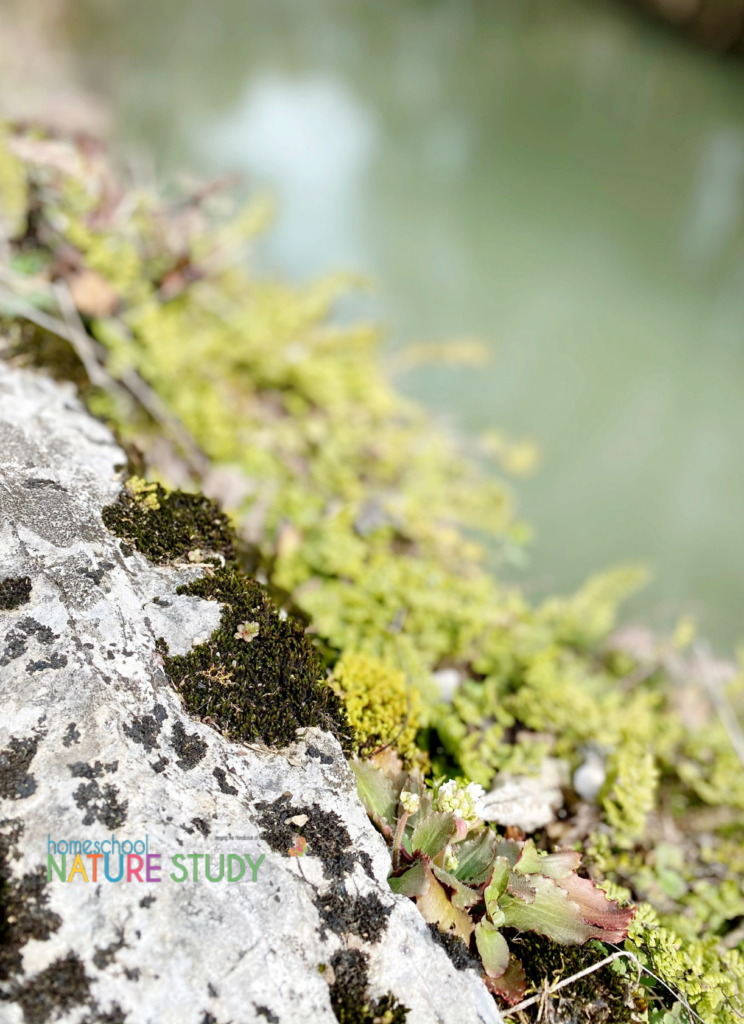
Preschool Homeschool Nature Study
“..the mother must not miss this opportunity of being outdoors to train the children to have seeing eyes, hearing ears and seeds of truth deposited into their minds to grow and blossom on their own in the secret chambers of their imaginations.”
Charlotte Mason, Volume 1, page 45
I believe in the younger grades that our responsibility as parents is to open the eyes of our children to the world around them, exposing them to real things and real places.
I have long said here on this blog that it makes no sense to me to teach our children about the rain forest if they haven’t even learned about the trees and animals in their local habitat. The younger years of preschool homeschool nature study are the time to get outside and take walks and look at real things up close. The preschool years are the time to form memories and impressions. There is a time for books and textbooks (in limited amounts) but that can come later.
“As soon as a child is old enough, he should keep his own nature notebook for his enjoyment. Every day’s walk will give something interesting to add–three squirrels playing in a tree, a bluejay flying across a field, a caterpillar crawling up a bush, a snail eating a cabbage leaf, a spider suddenly dropping from a thread to the ground, where he found ivy and how it was growing and what plants were growing with it, and how ivy manages to climb.”
Charlotte Mason Volume 1 Home Education page 54.
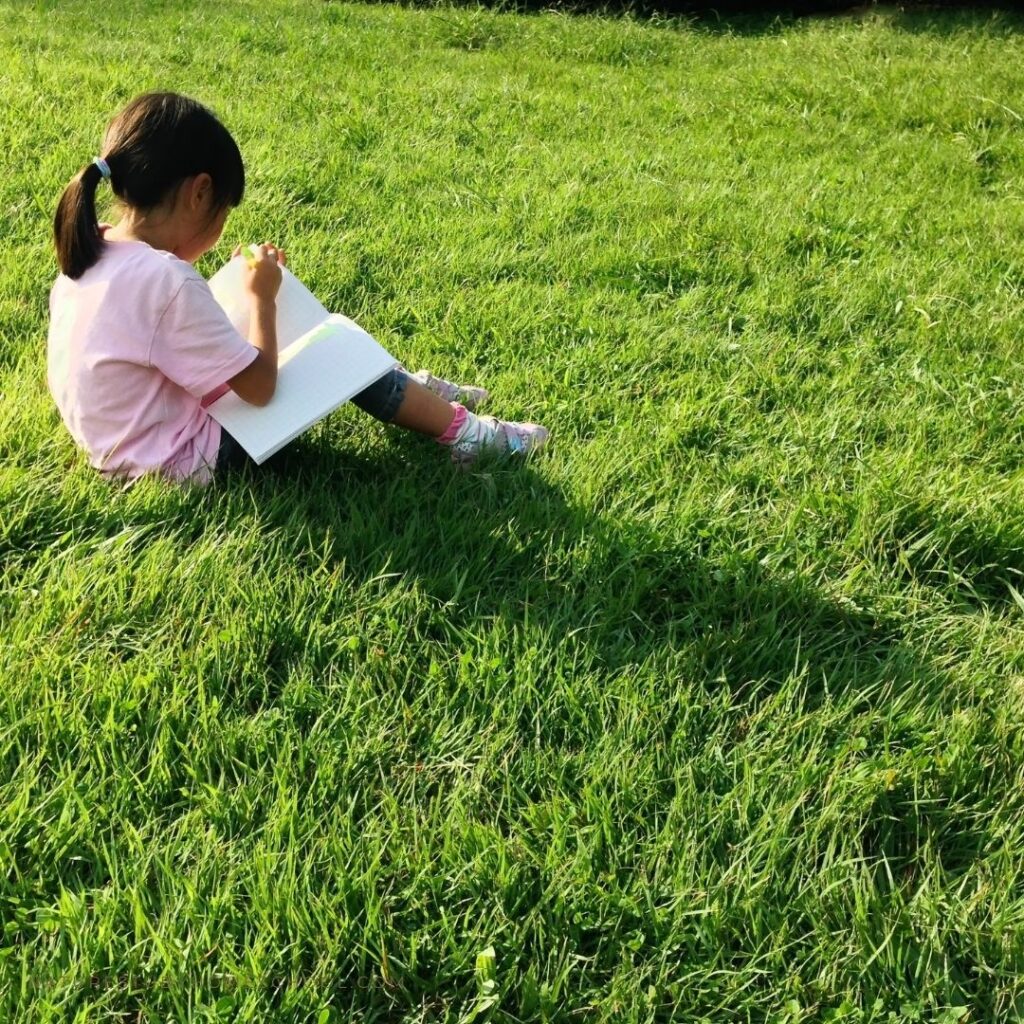
Thoughts on Nature Study from Charlotte Mason
- The skill of drawing should not be addressed in the nature notebook. pg. 55
- If the child is too young to write, the mother should do it. pg. 58
- Encourage your children to sit quietly and patiently and to look closely. pg. 57
- Some children are born naturalists but all have a natural curiousity that can be encouraged. pg. 58
- Most children will think of a million things to put in his nature notebook. pg 55
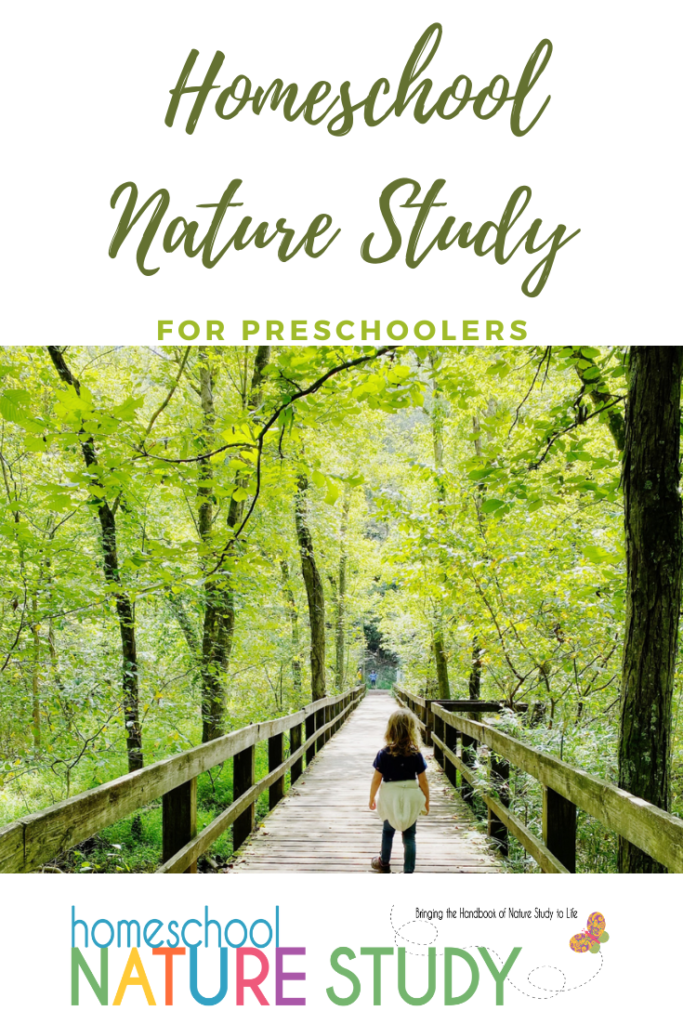
Some of My Own Observations on Preschool Nature Study
- It takes my children a long time to explore outdoors and they can do it very well without my interfering. I try to follow their lead and not rush them.
- I need to participate in the nature study myself. I try to model how to find a subject for my notebook and really observe the object.
- Drawing the object in the notebook is the last step in really “seeing” the object.
- There is no use in forcing a child to work in a nature journal. Regular exposure to the outdoor life will eventually lead to a desire to keep a record of what they see that interests them.
- Every nature journal is unique to the owner. I tend to record scenes in my journal. My daughter usually finds something pretty to draw. My boys find “things” to record in their journals like sticks, bugs, leaves, and seeds.
- Don’t limit your journals to sketches. Sometimes we include photos in our journals. We have taken rubbings of bark or leaves. We have even taped small objects into our journals. Variety in our journals make them more interesting.
It will always be a joy to look back on the sketches and remember what fun you had exploring the outdoors. It’s homeschool nature study the gentle way.
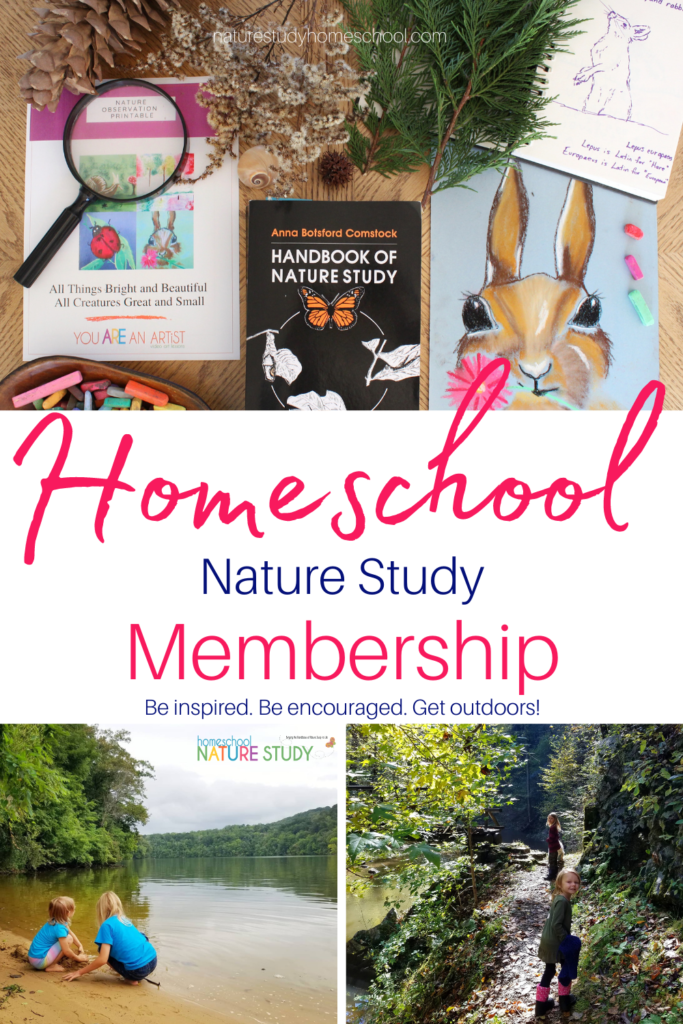
Nature Study Year Round Support for Your Homeschool Family
We would love for your family to join us for the Outdoor Hour Challenges! We will help you bring the Handbook of Nature Study to Life in Your Homeschool! The Getting Started ebook is available in every level of membership here on Homeschool Nature Study. It provides access to Outdoor Hour Challenges curriculum and tons of resources to enrich your homeschool.
This post first published by Barb May 2008. Updated January 2022.

